Welcome to Osaka, the hipster capital of Japan! In modern times, it’s known for “the best” food, wild nightlife, and generally having an “alternative” culture compared to the dominant (business-like) style in Tokyo. The Japanese consider it smaller, quieter, and more laid back than giant, bustling Tokyo. Though, for some perspective, it still has a population of 19 million people in it’s metro area, which is about the size of New York City (but still nowhere close to the 38 million in Tokyo). In short, it’s the perfect place for us to relax and recover after our hike on the Kumano Kodo. So hold onto your butts just in case, but this time we are taking it easy.
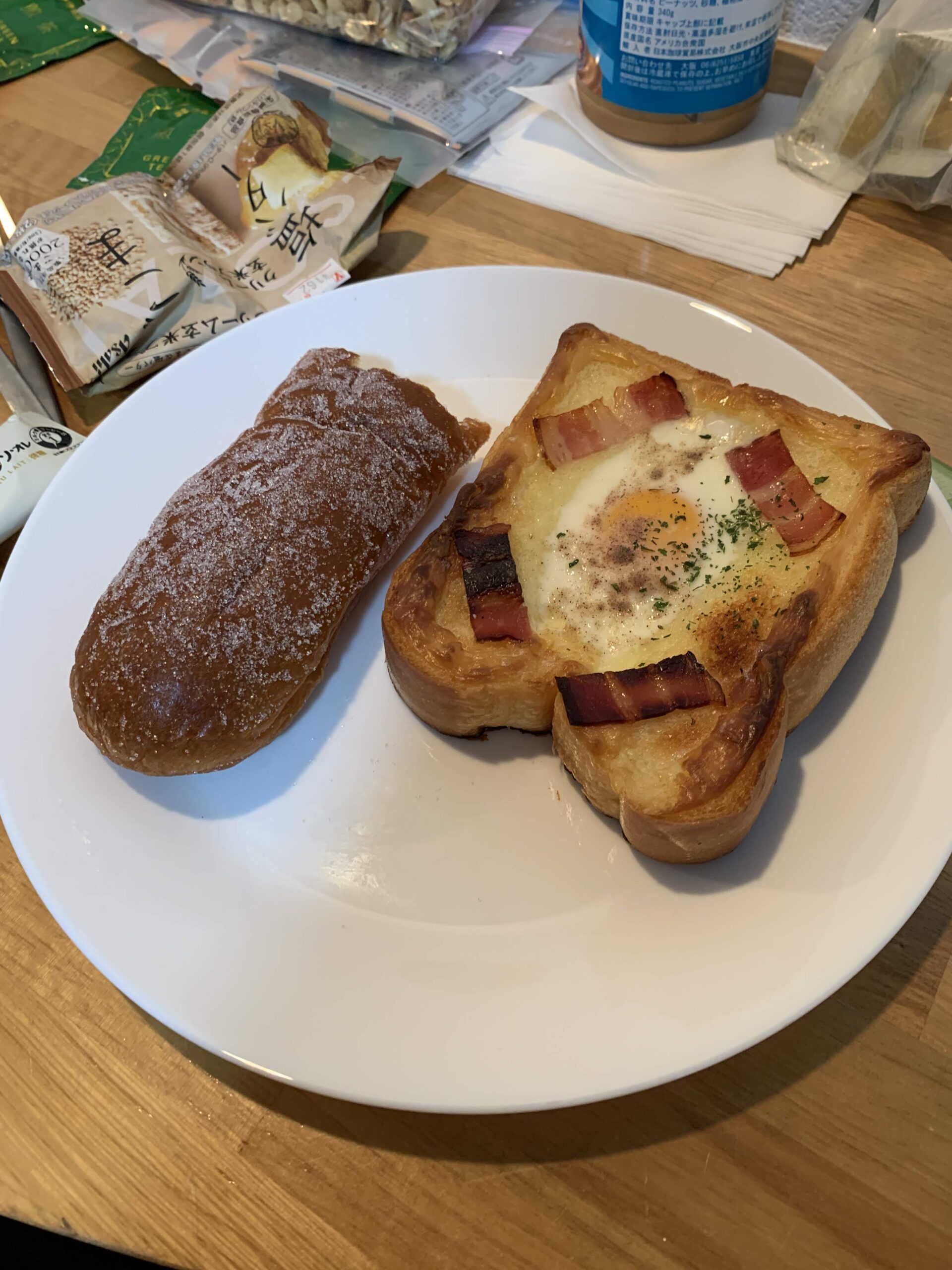
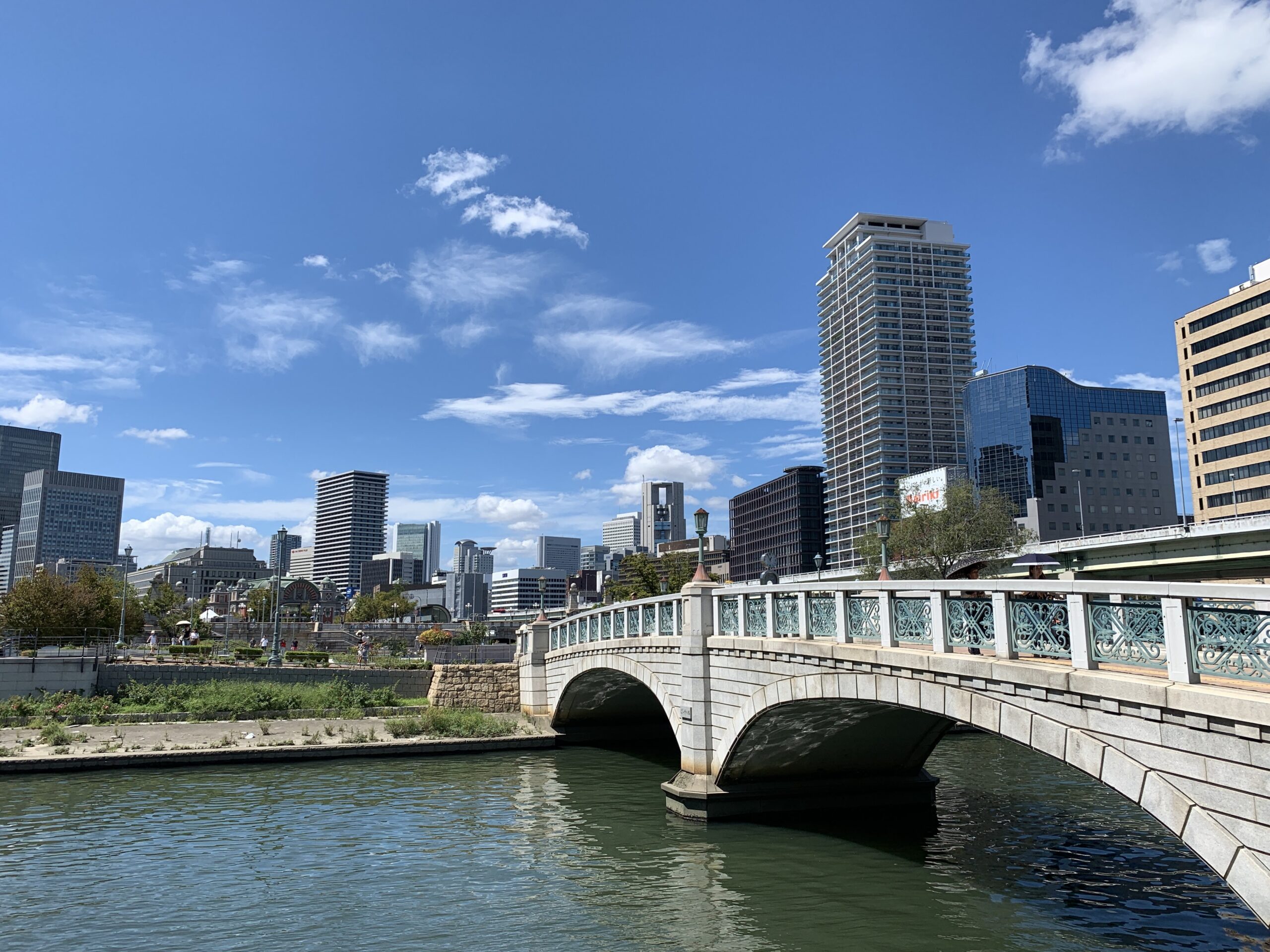
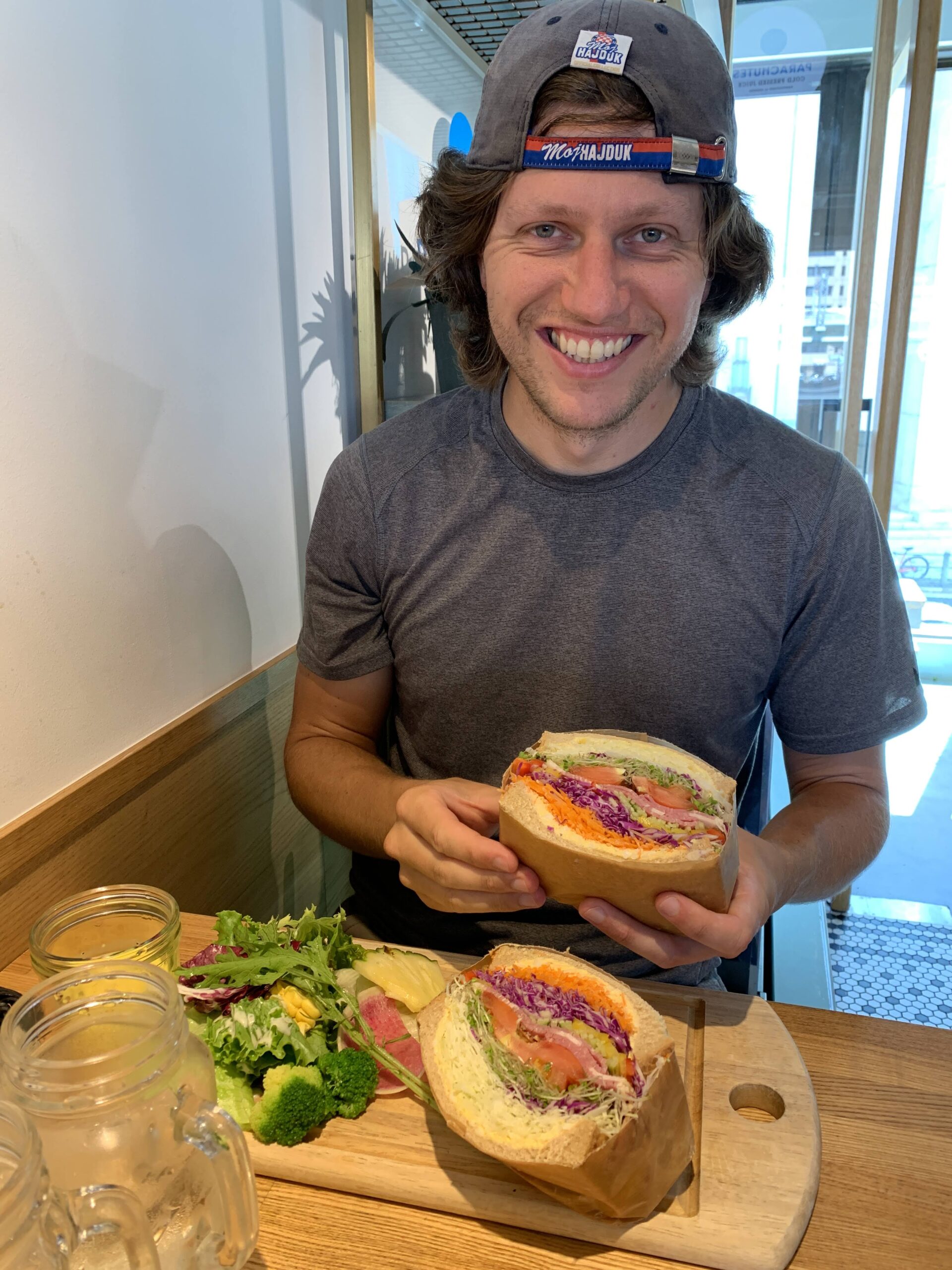
Our first day in Osaka we slept in and got a late start. Around lunchtime, we finally gathered up the energy to walk around some of the cities’ local parks and explore one of the canal areas. With nothing more than planned laziness for the afternoon, we were thrilled to accidentally discover a local beer festival waiting for us in the park! Not wanting to get too aggressive, we detoured across the canal to a hipster sandwich bar for lunch before making our way back to the beer. Fortunately, at least some of the signage was in English, so it wasn’t a total mystery what we were drinking. If accidentally discovering gourmet sandwiches and a community craft beer isn’t hipster, I don’t know what is.
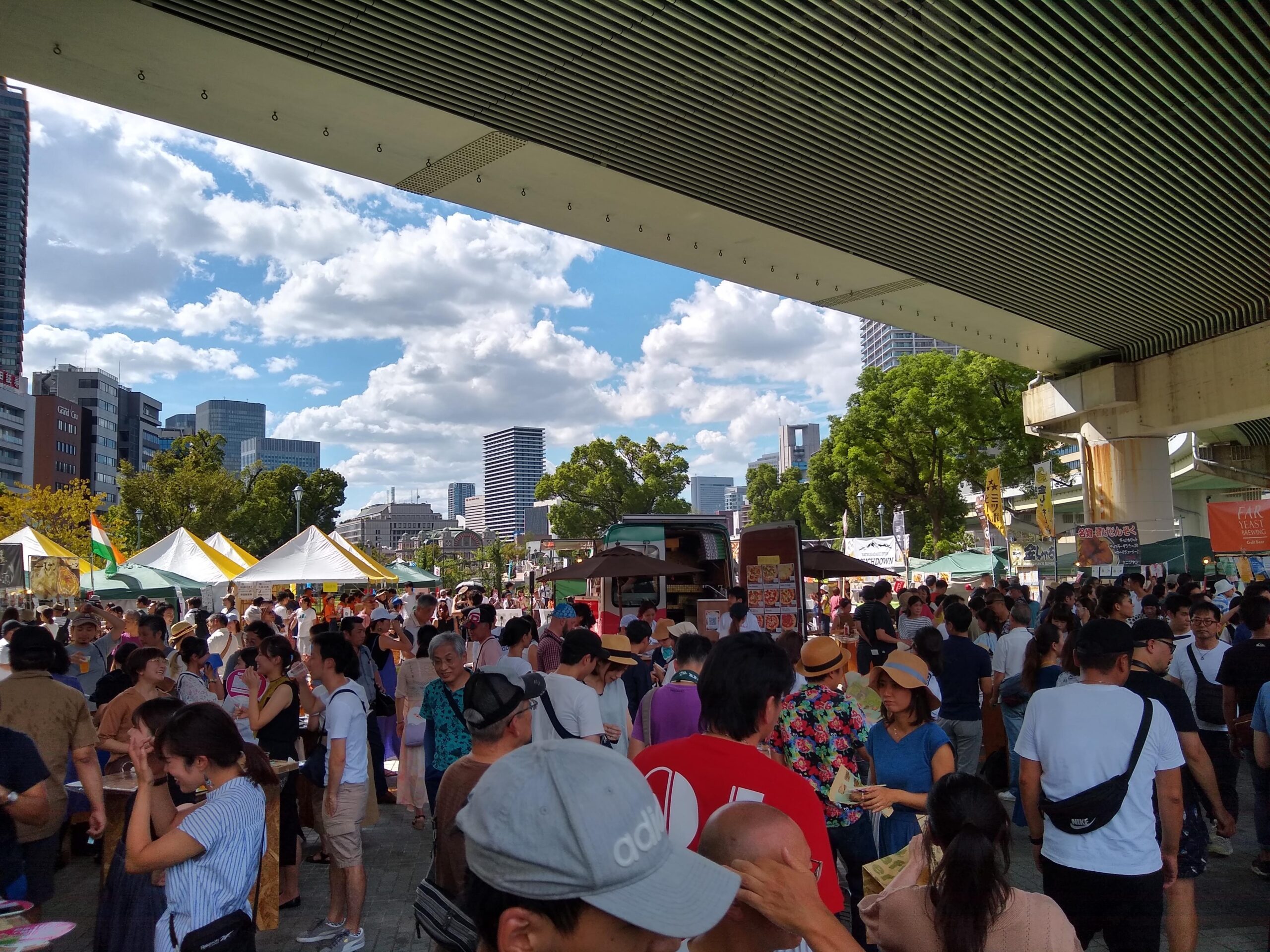
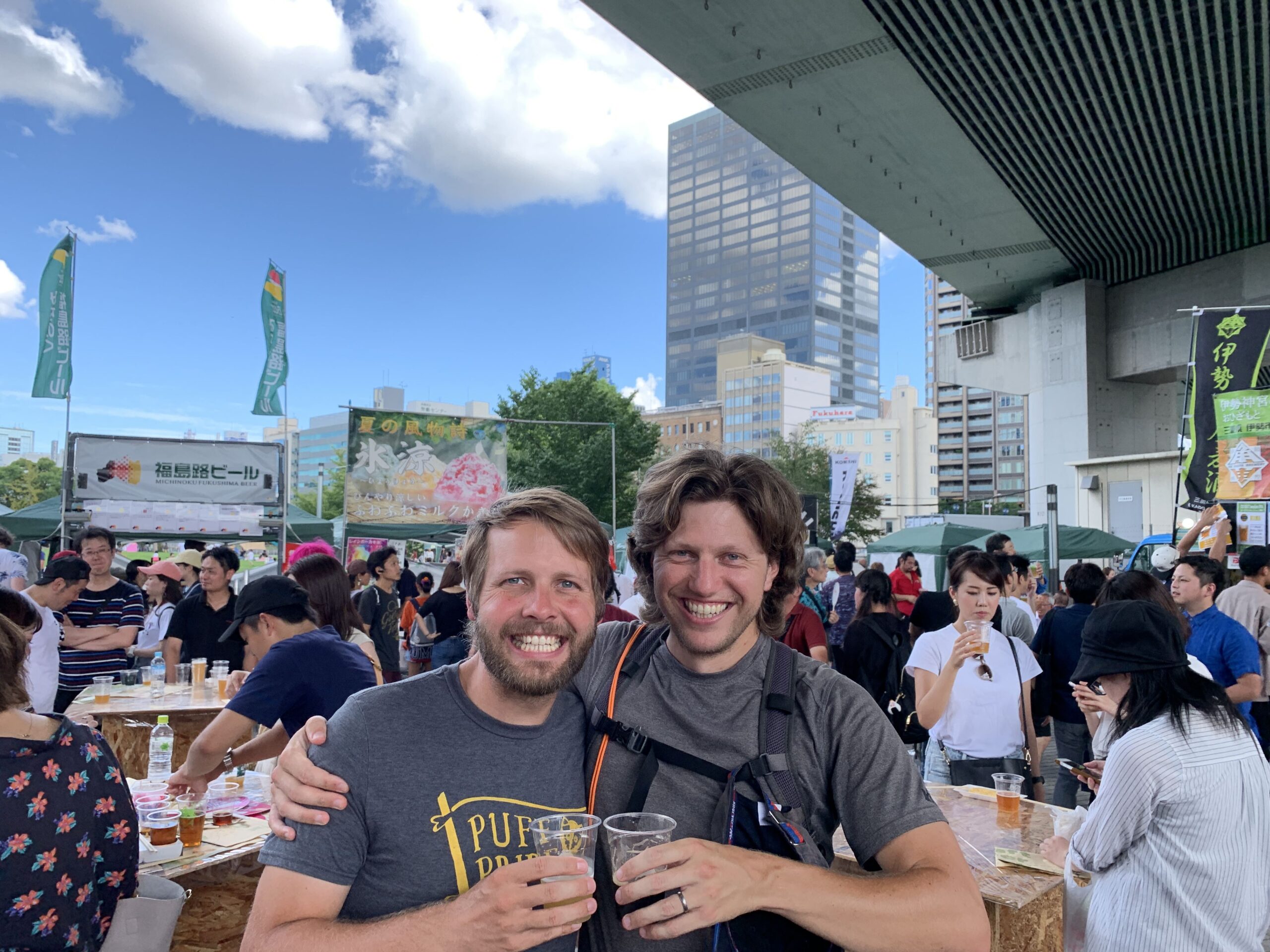
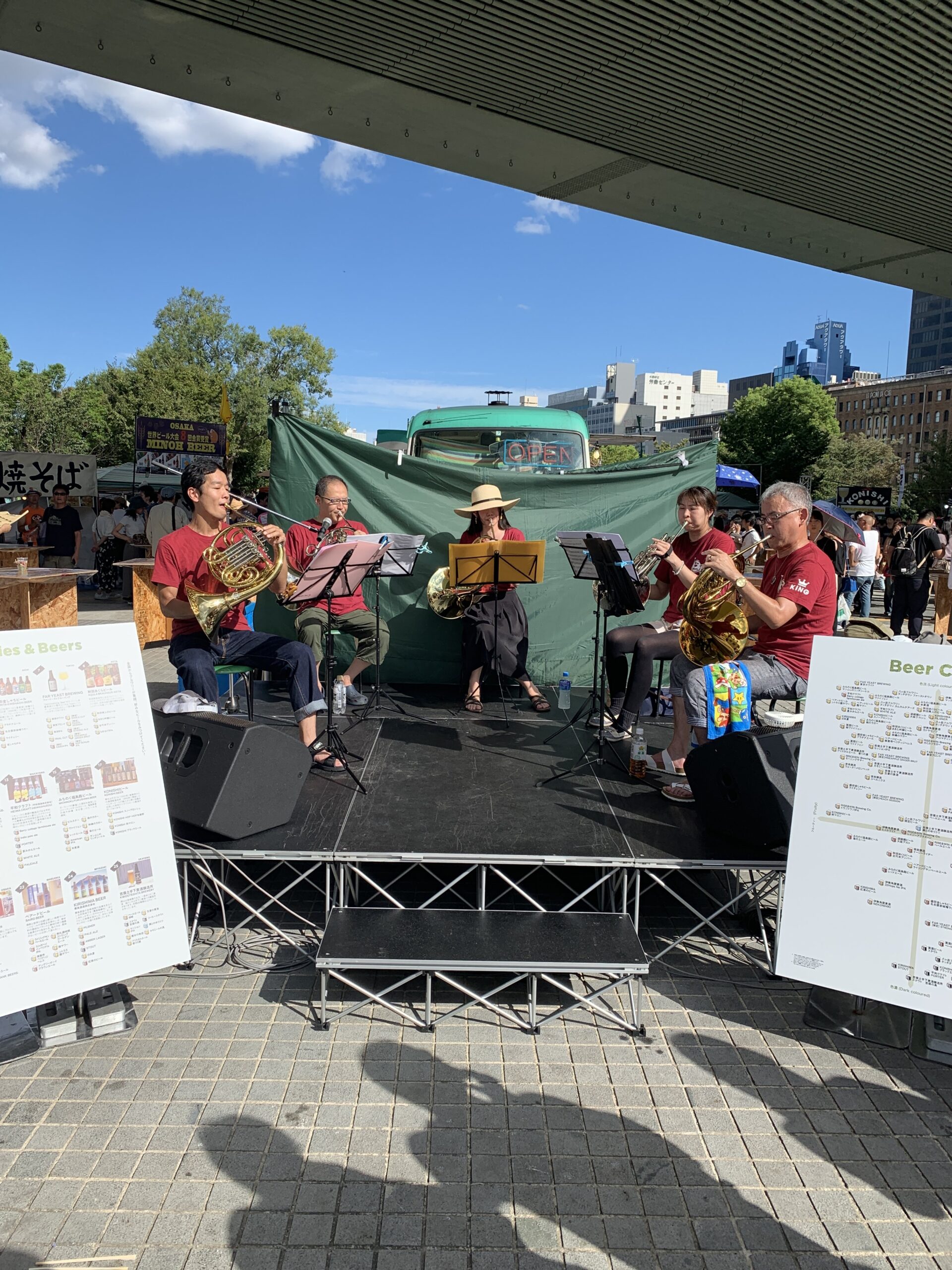
For the remainder of the afternoon we just sampled Japanese beer, which actually turned out to be mostly good, and tried to enjoy the local music acts, which turned out to be as bad as you would expect. I did my best to engage a few locals in friendly small talk, but the japanese have strange boundaries around eye contact and unrequested contact (it’s basically disrespectful to interrupt someone, doing whatever it is they are doing). Anyway, drinking beer all afternoon in the heat eventually took it’s toll, and we didn’t accomplish anything else that evening beyond eating dinner and an early return to our Airbnb. The next morning we were feeling somewhat more ambitious, and we set out before lunch-time to visit Osaka Castle.
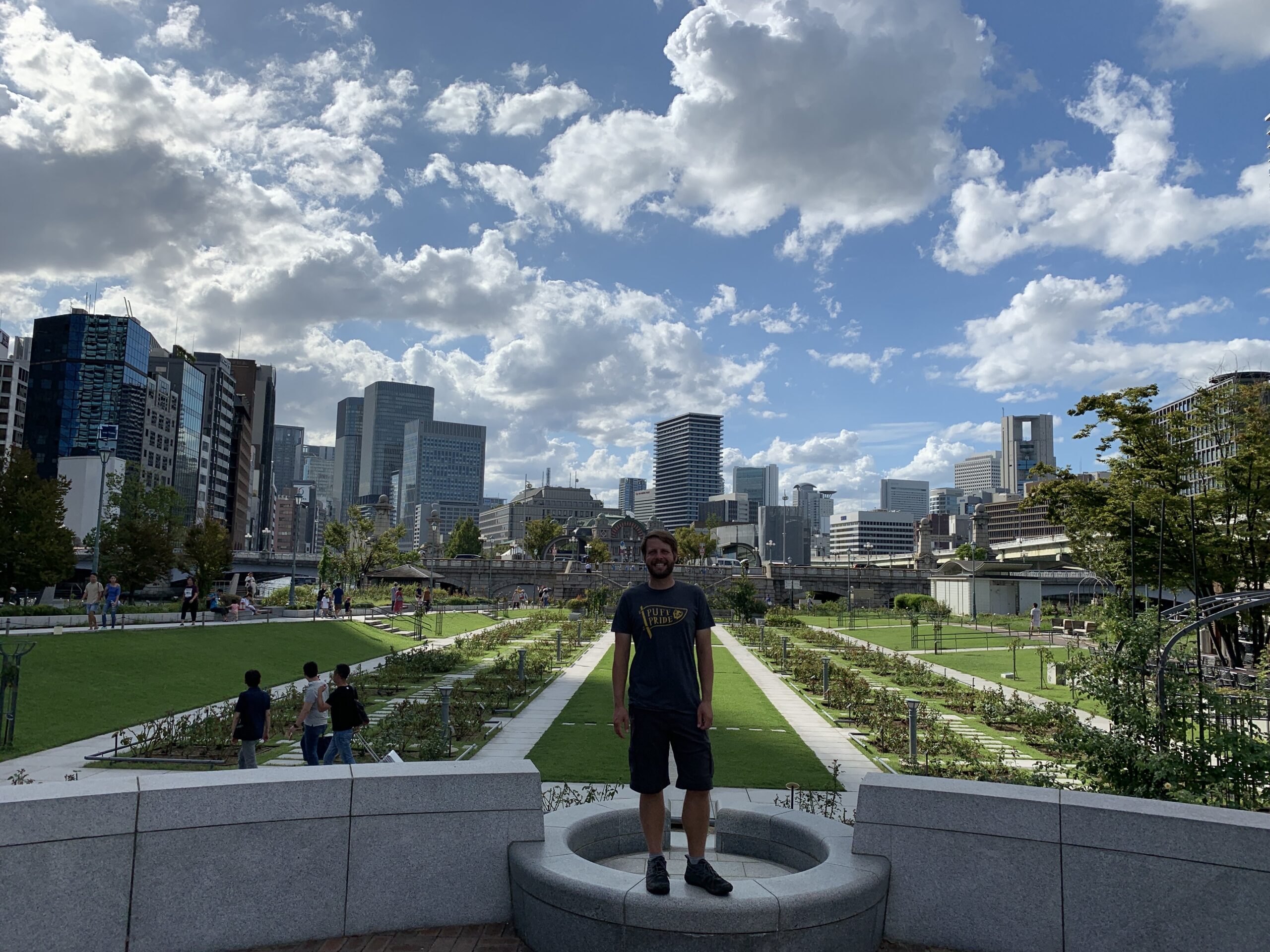
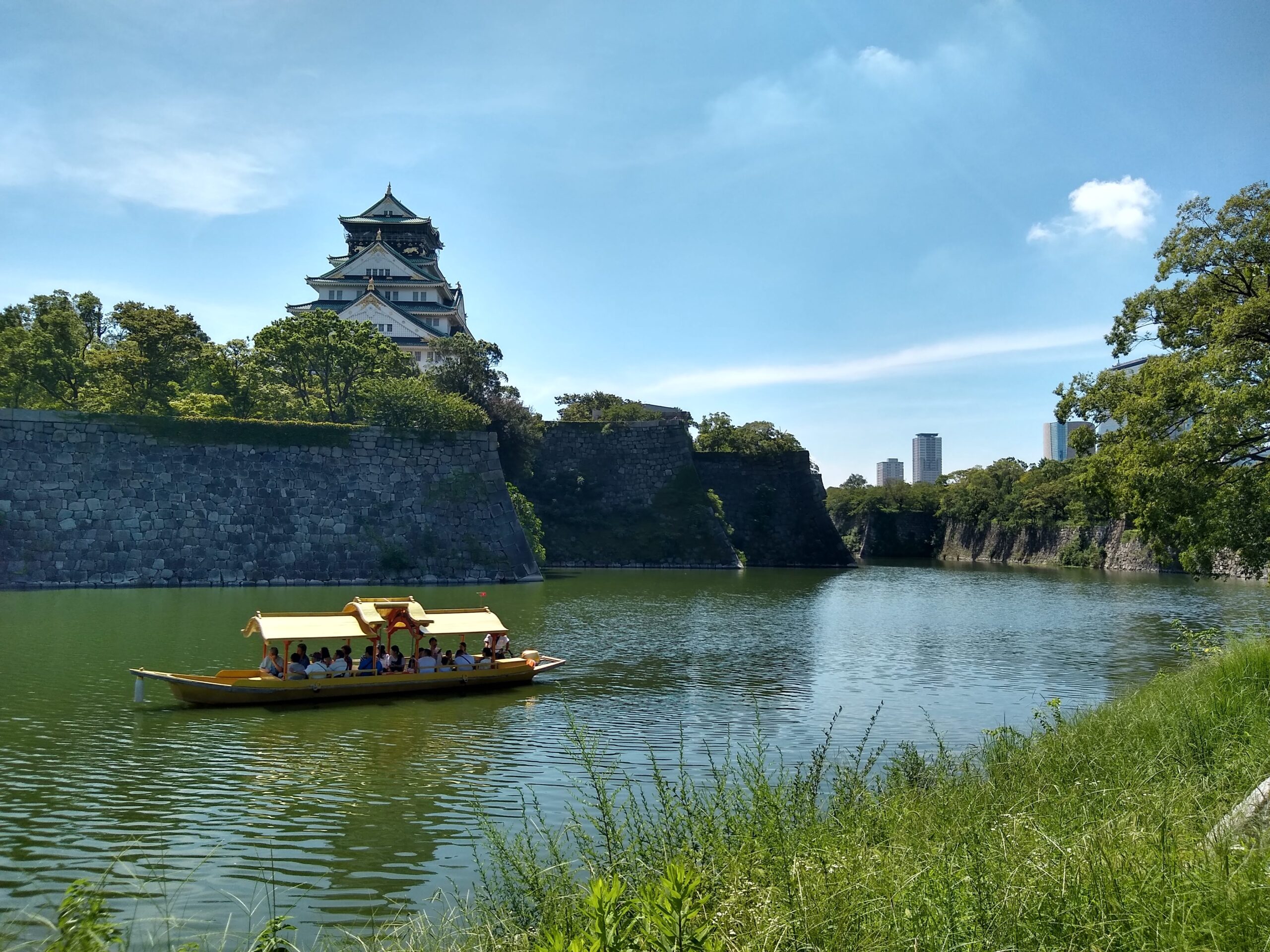
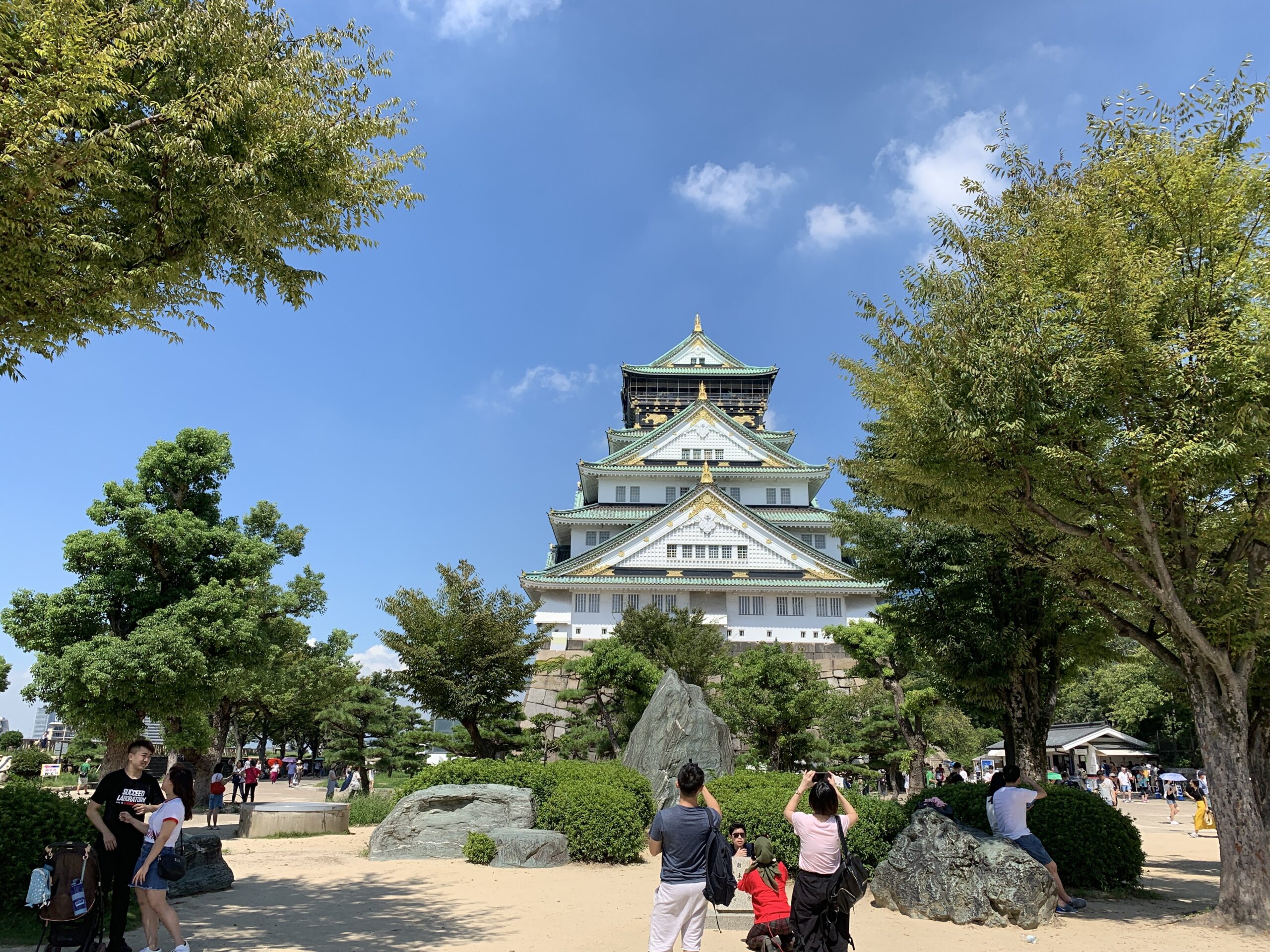
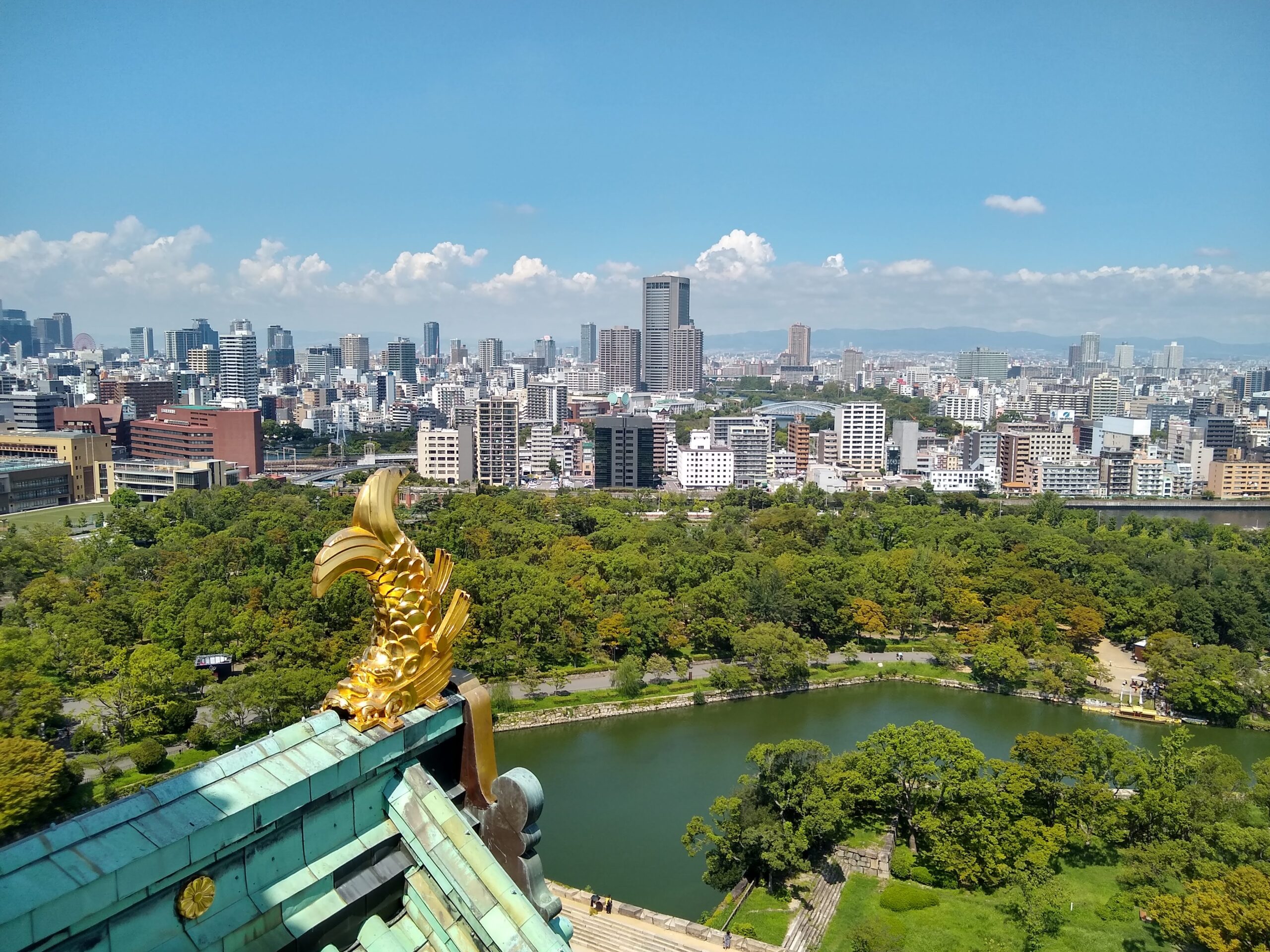
Osaka Castle is remarkable for quite a few things, not the least of which is it’s multi-terraced moat that’s big enough to be a lake. It was built (and later rebuilt several times because it kept burning down) by Japan’s most famous Shogunate, the Tokugawa Clan, that ruled Japan for over 200 years between 1600 and 1820’s. At the time (around 1600), they built it as a modern fortress to solidify their rule over the area, which I really think speaks to the military tactics of the Samurai. They had a very strong sense of military tradition and longbows, swords, and spears still dominated the battlefield. Rifles and cannons were well known, of course, just not well used. For comparison, just glance back at our blog post from our visit to Carcassonne. That sprawling stone monster of a castle reached it’s current size in the 1400’s.
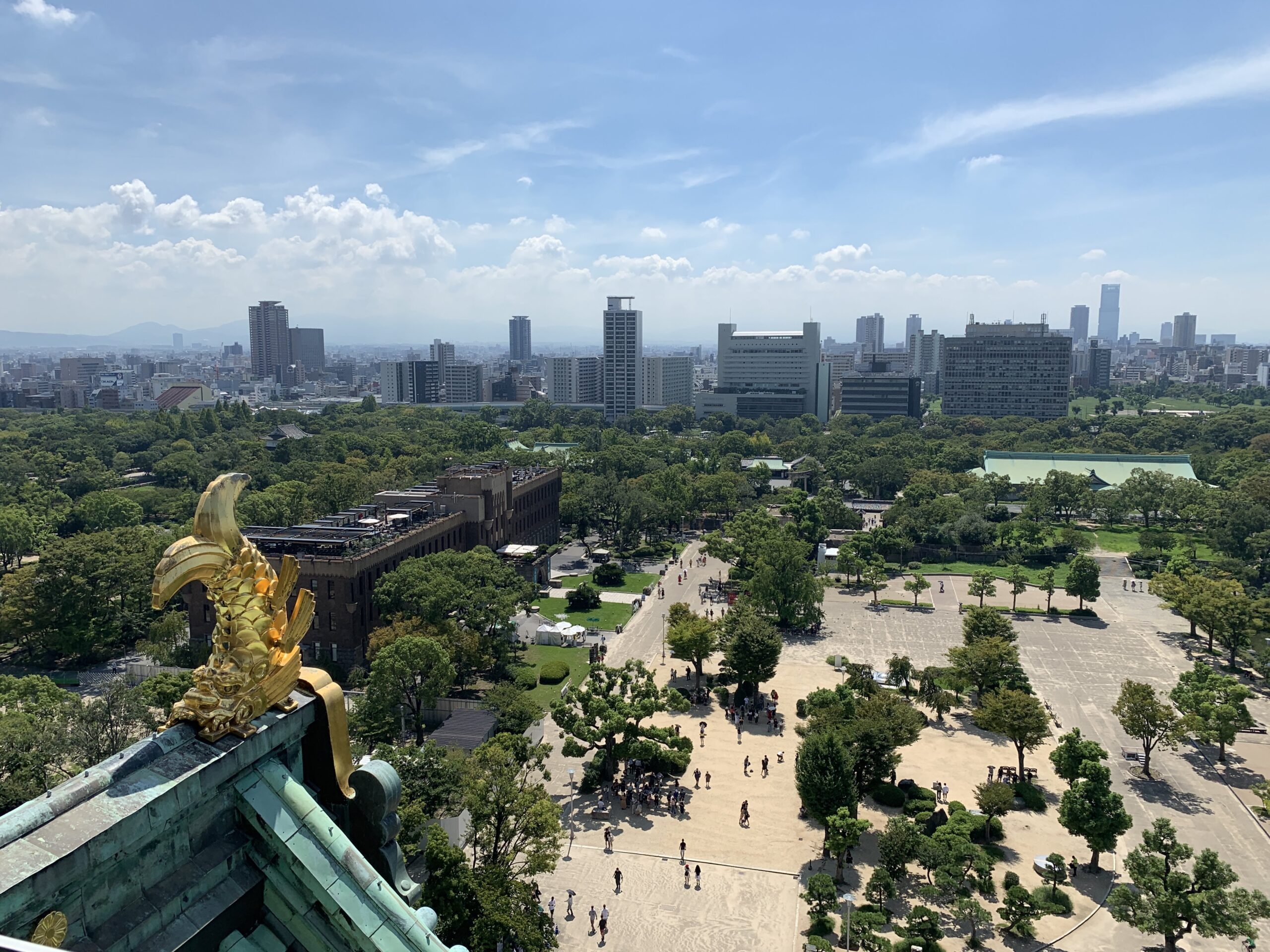
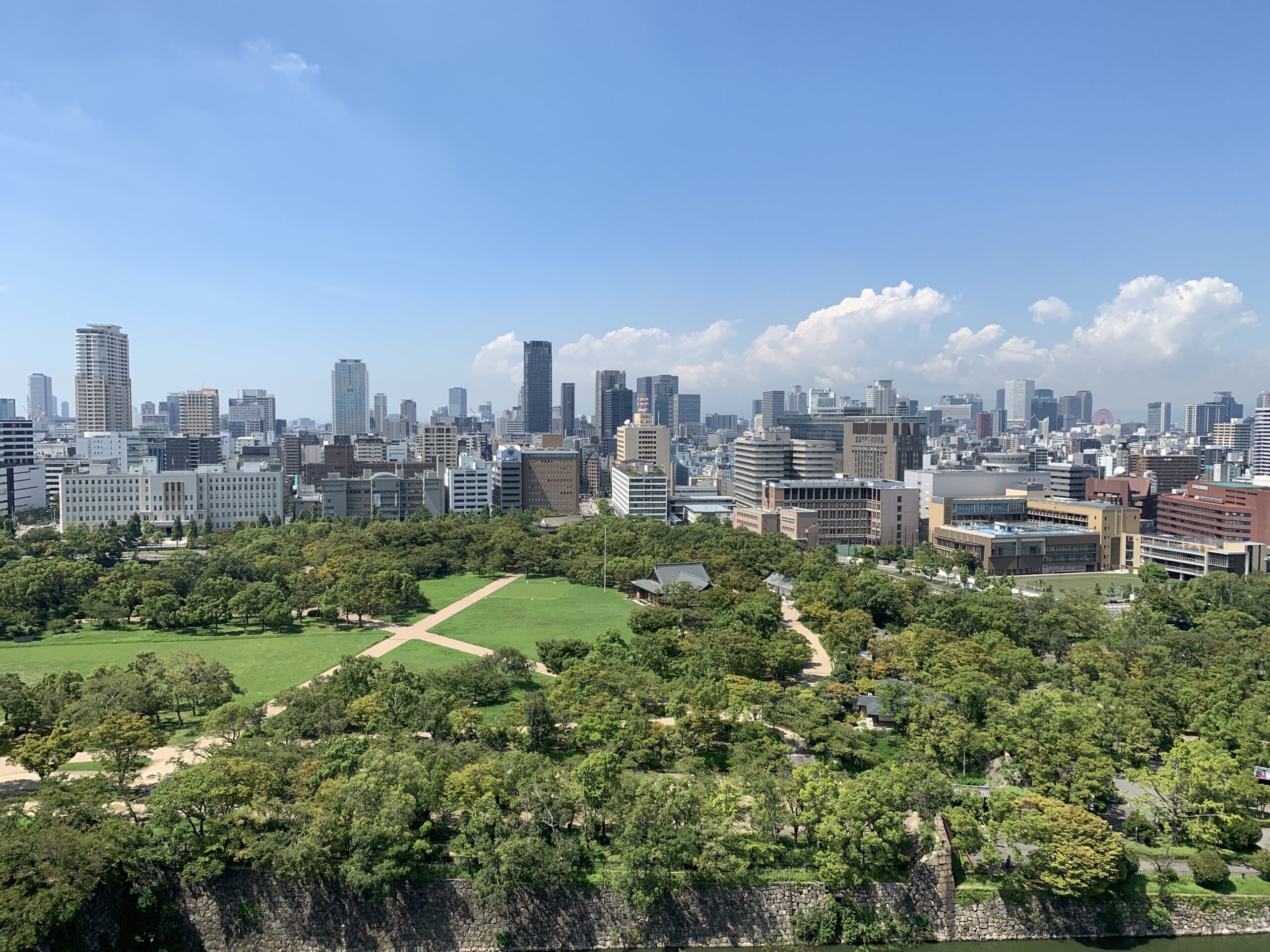
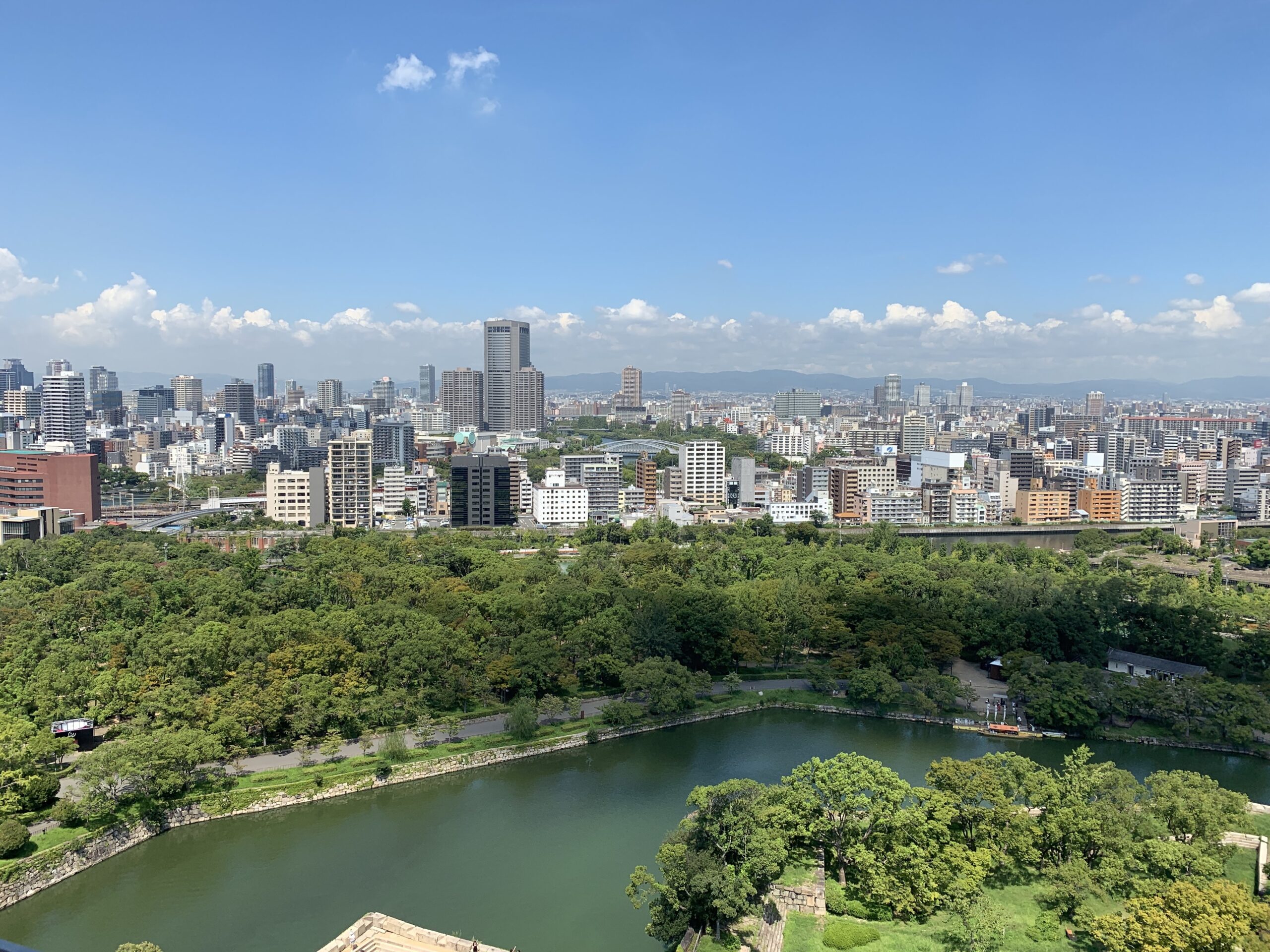
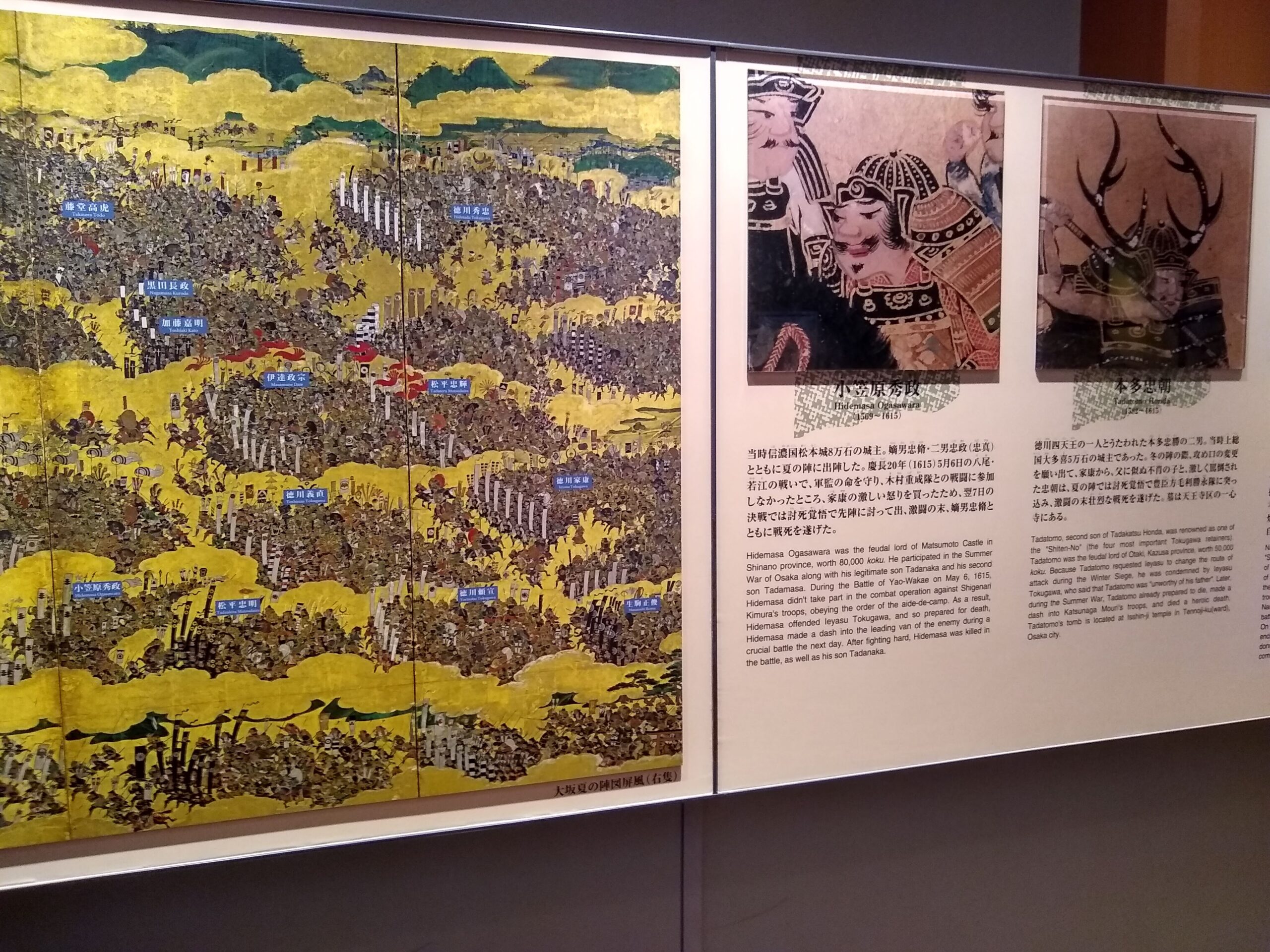
Anyway, it was fun to look at and fun to visit, with great views over the city from the top, and an interesting museum on the inside depicting the famous battles of the Tokugawa Clan. From the castle museum, we made a stop for lunch at what we eventually came to call “Japanese Waffle House”. It’s actually called CoCo Curry House, but it looks like a Japanese vision of a discount American diner, complete with circular bar stools, the waiter shouting at the short-order cook, and inexplicably sticky counters. After lunch, we walked just a few more blocks down the street to the Osaka Museum of History.
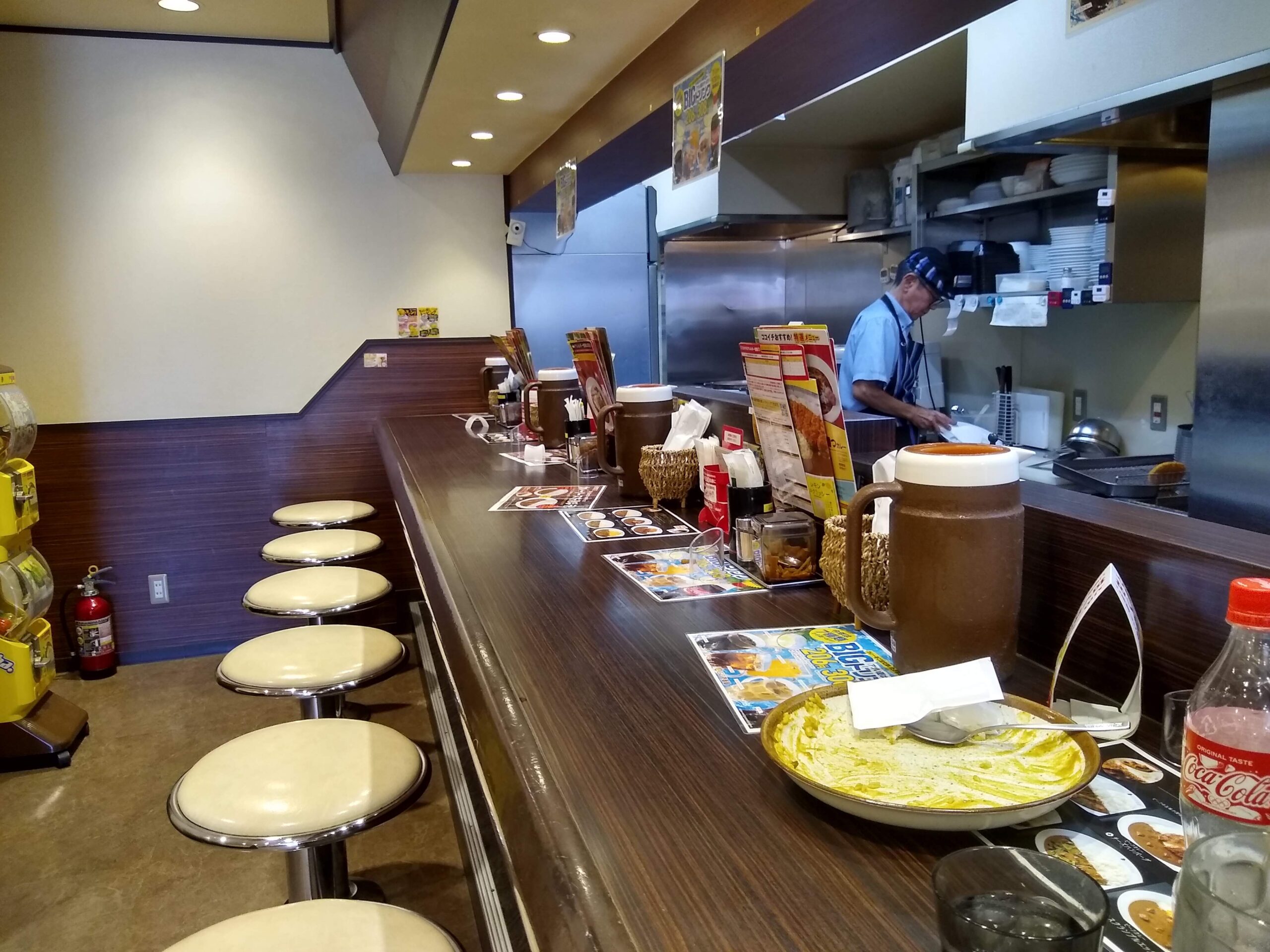
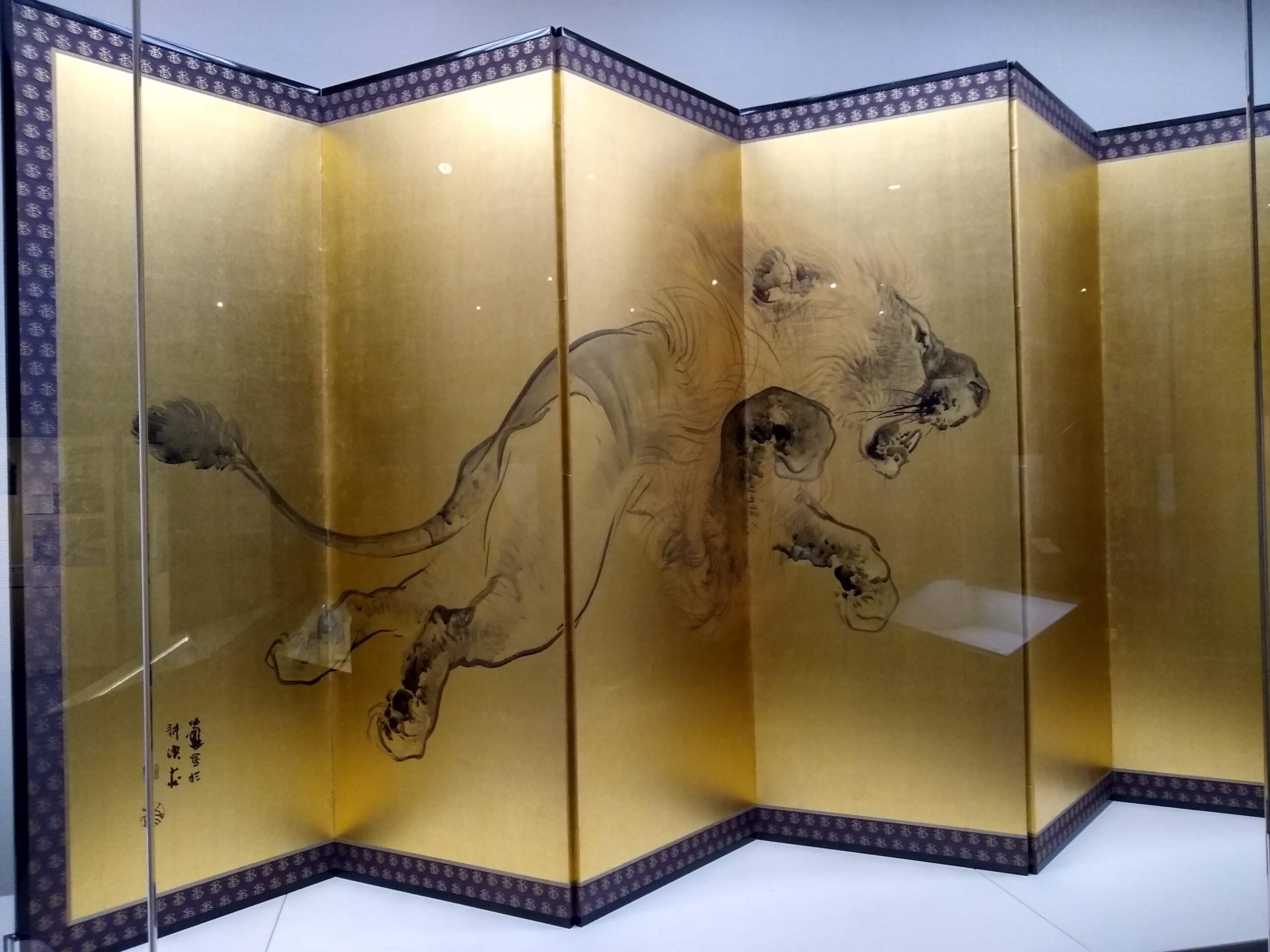
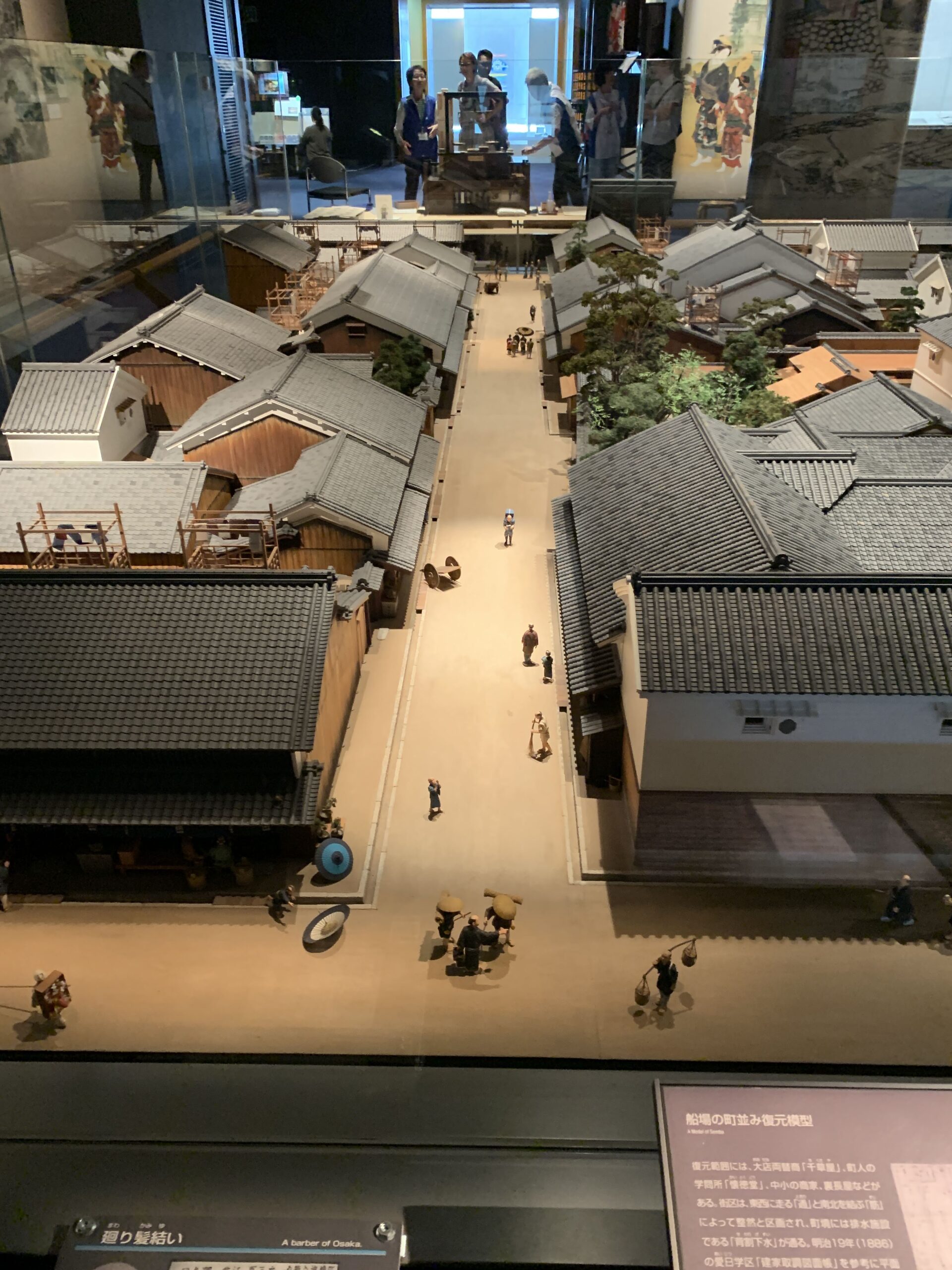
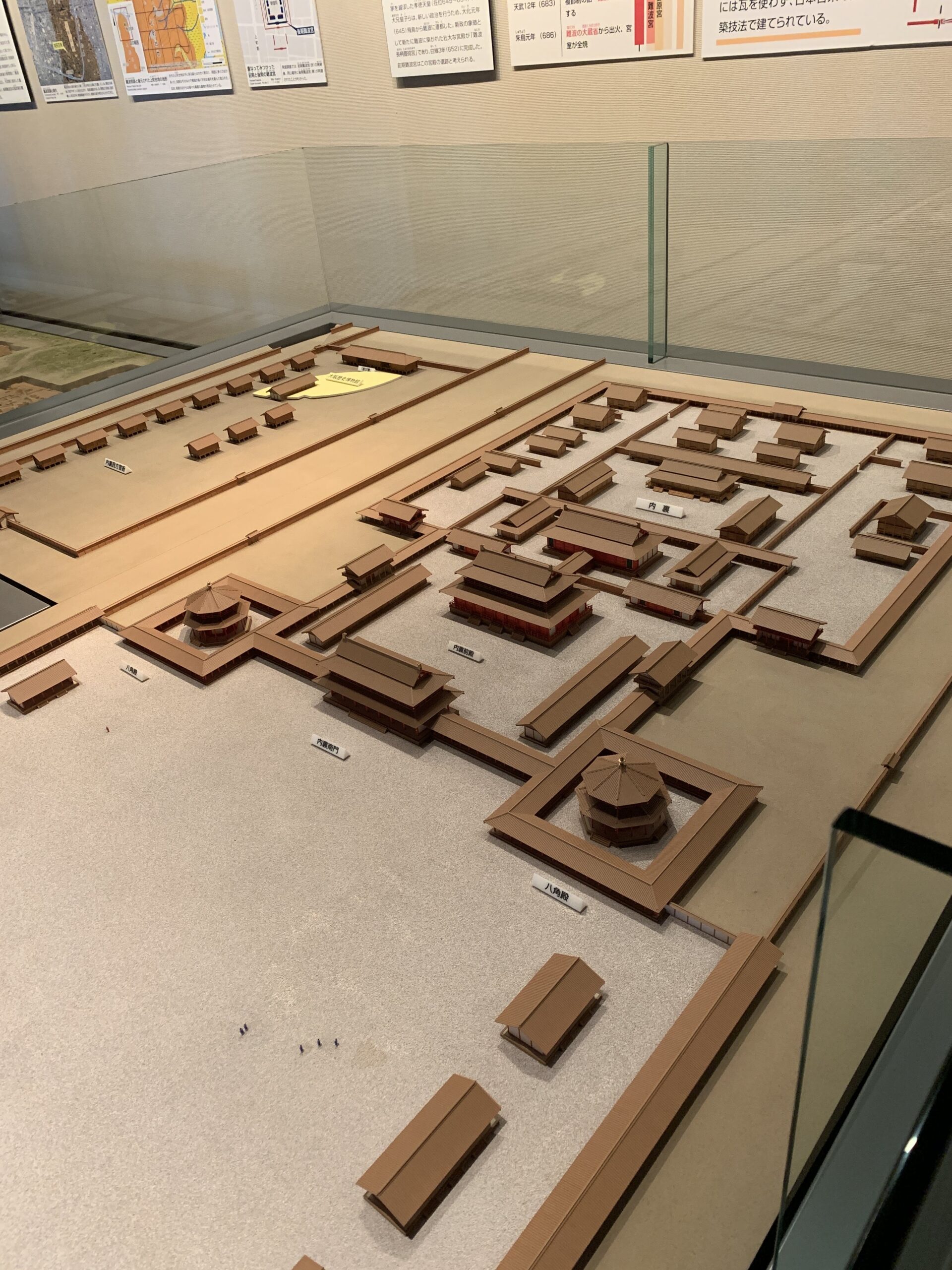
The Osaka Museum of History is a humongous place. It occupies 4 whole floors of a skyscraper tower that overlooks Osaka Castle, and it took us the better part of three hours to make our way through the hundreds of displays. Writing this blog now I struggle to recall the specifics of what we learned, but I can summarize. Osaka was the financial and trade hub of Japan until the 1920’s, and was considered a rival power to Tokyo up until then. Since then Tokyo has, of course, grown absurdly large while Osaka has remained reasonable, but that perception that Osaka is somehow equal to, and in competition with, Tokyo is still persistent today. Several Japanese people we spoke to referred to residents explicitly as “Osaka people”, and the locals never missed an opportunity to tell us about how their way of doing things is better in Osaka (like the food!). After the museum, we wandered around downtown for a bit, but not much of consequence happened.
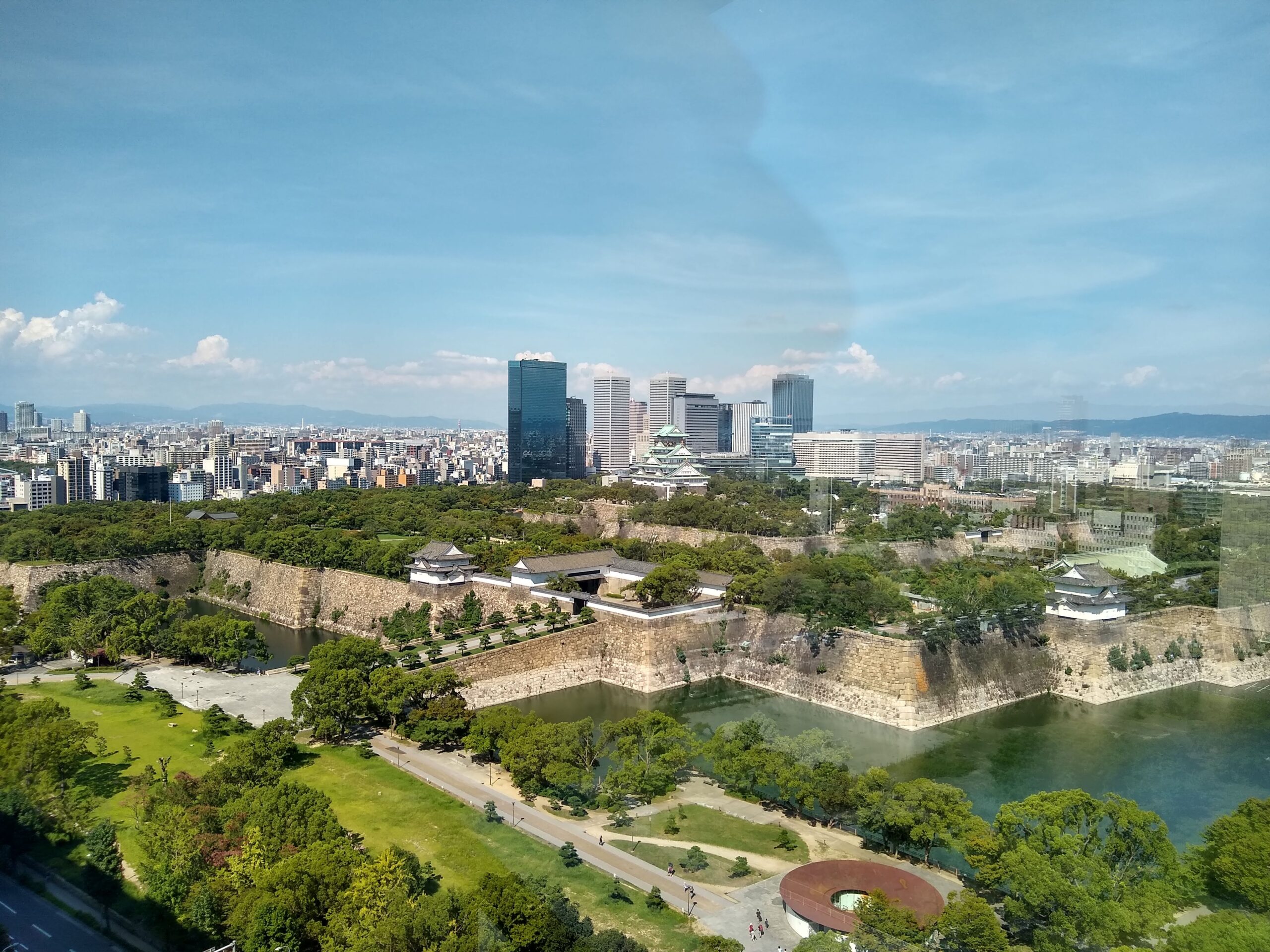
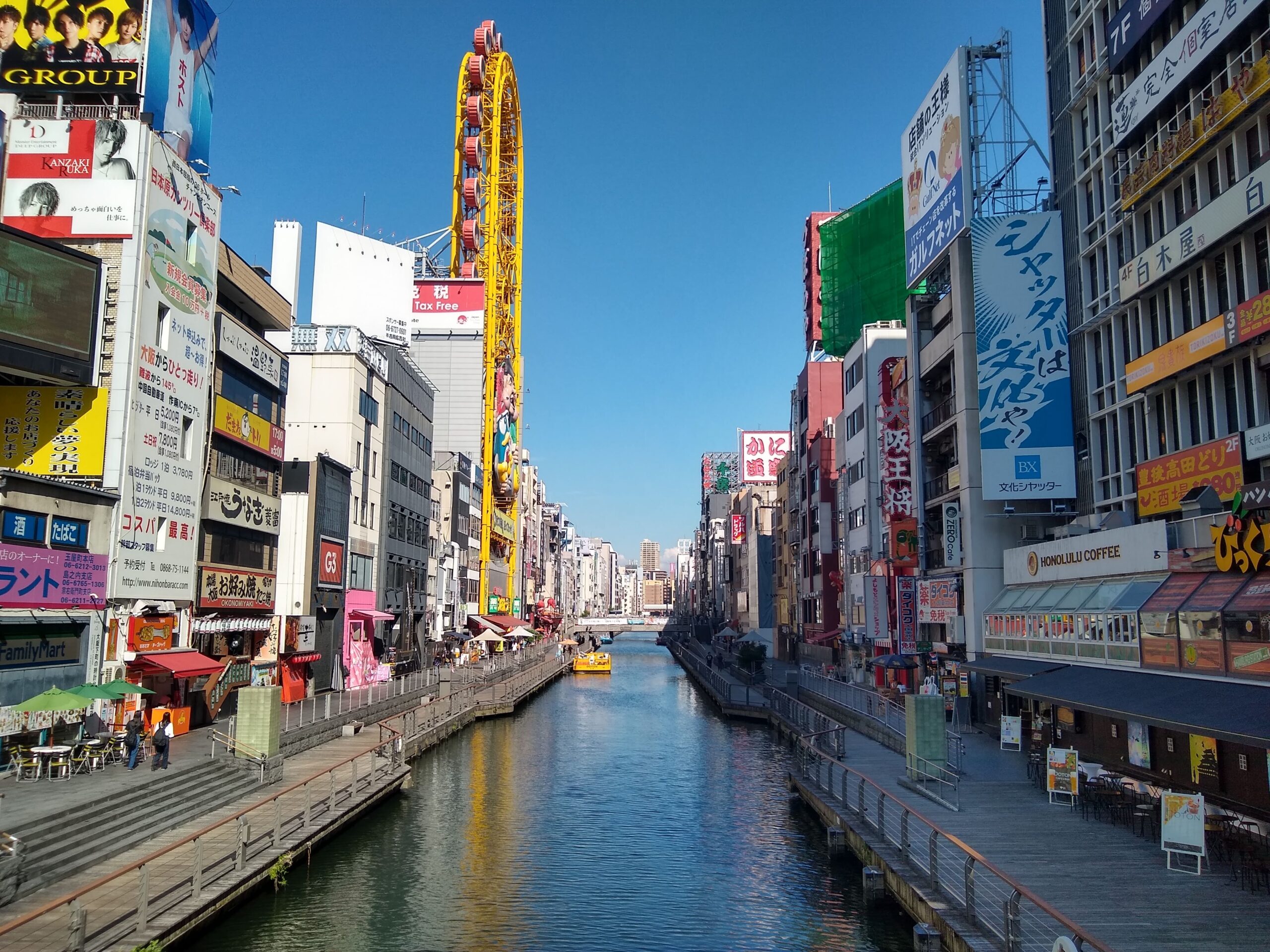
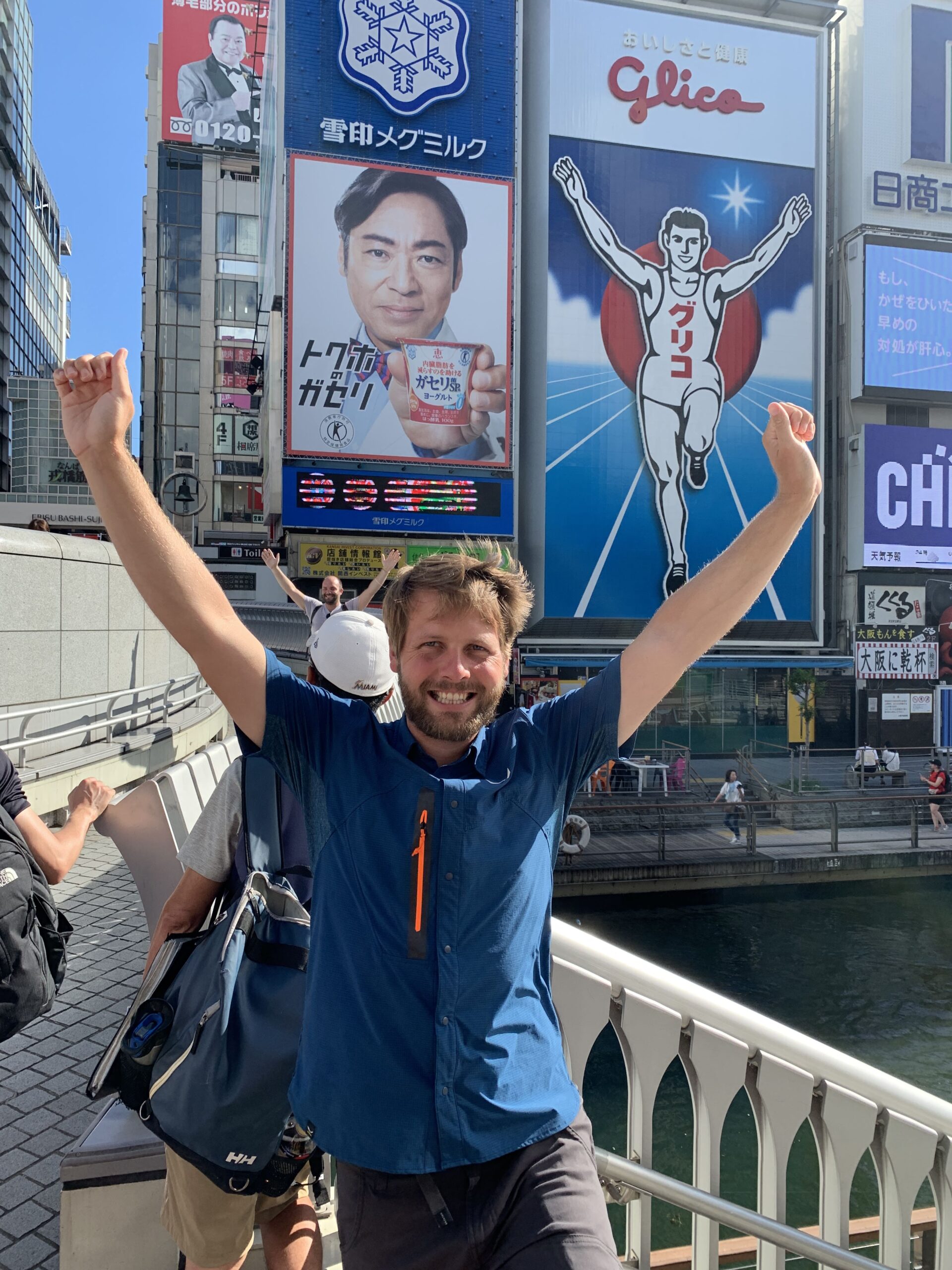
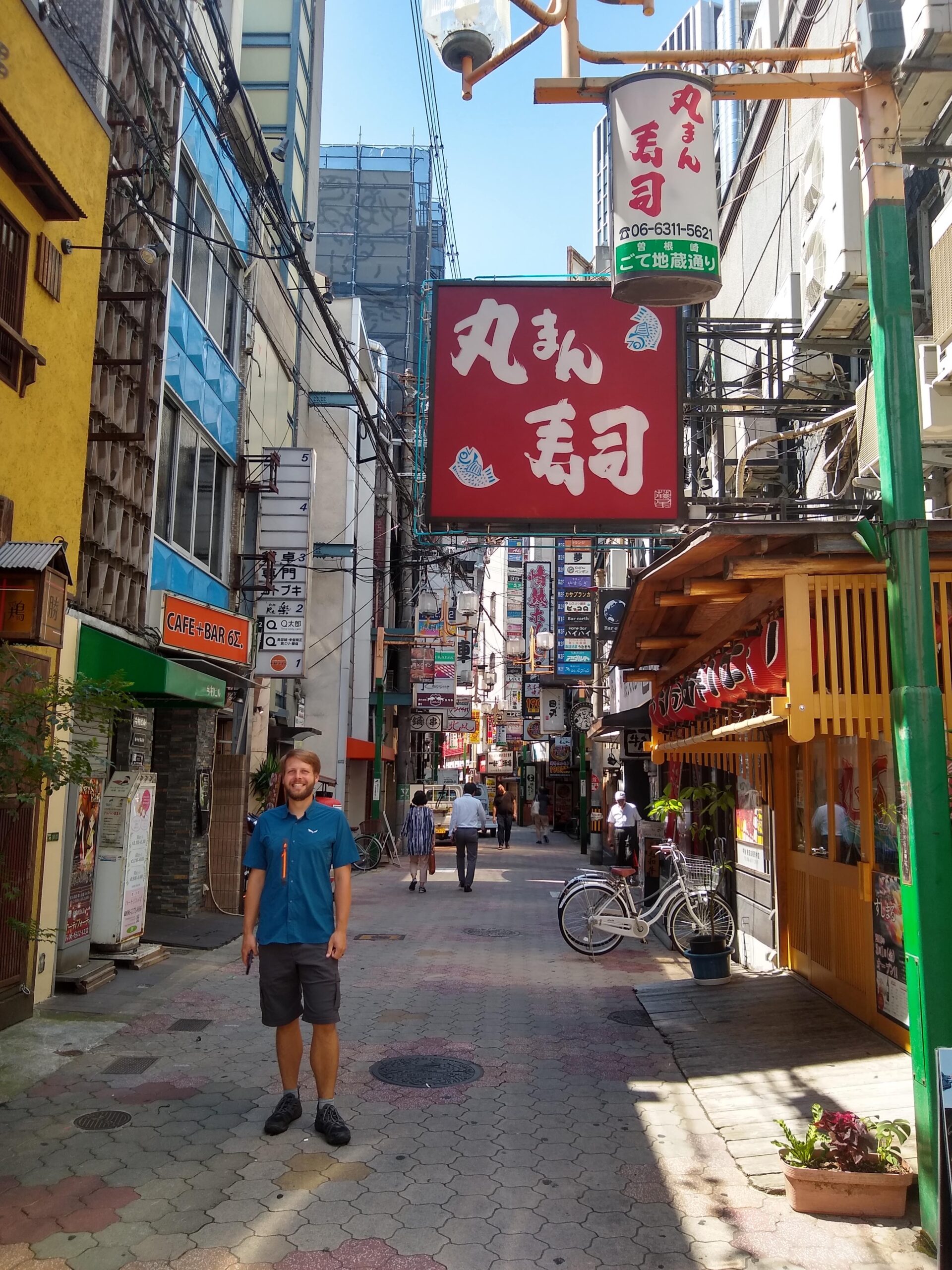
The next day we slept in yet again, but after lunch we finally got around to the thing I know you all have been missing – the free walking tour! We took the subway to Osaka’s premier shopping and nightlife district, Dotonbori. It’s a bit odd looking in the daylight, like going to a nightclub with the lights on, but I’m glad we got to see it during the day for comparison. The tour itself turned out to be long and rambling, and the guide knowledgeable but jaded. Among the interesting things we learned was that Japanese school children are obligated to clean and serve in their own classrooms and school buildings, all the way down to mopping, cleaning toilets, and serving food to their classmates. He also confirmed that Japanese are obsessed with cleanliness, and to that end, fancy toilets above all – the tour guide recounted his own impression of visiting the US for the first time and being appalled by our barbaric bathrooms, especially the public ones. Secretly, we figured he probably didn’t even see the bad public bathrooms.
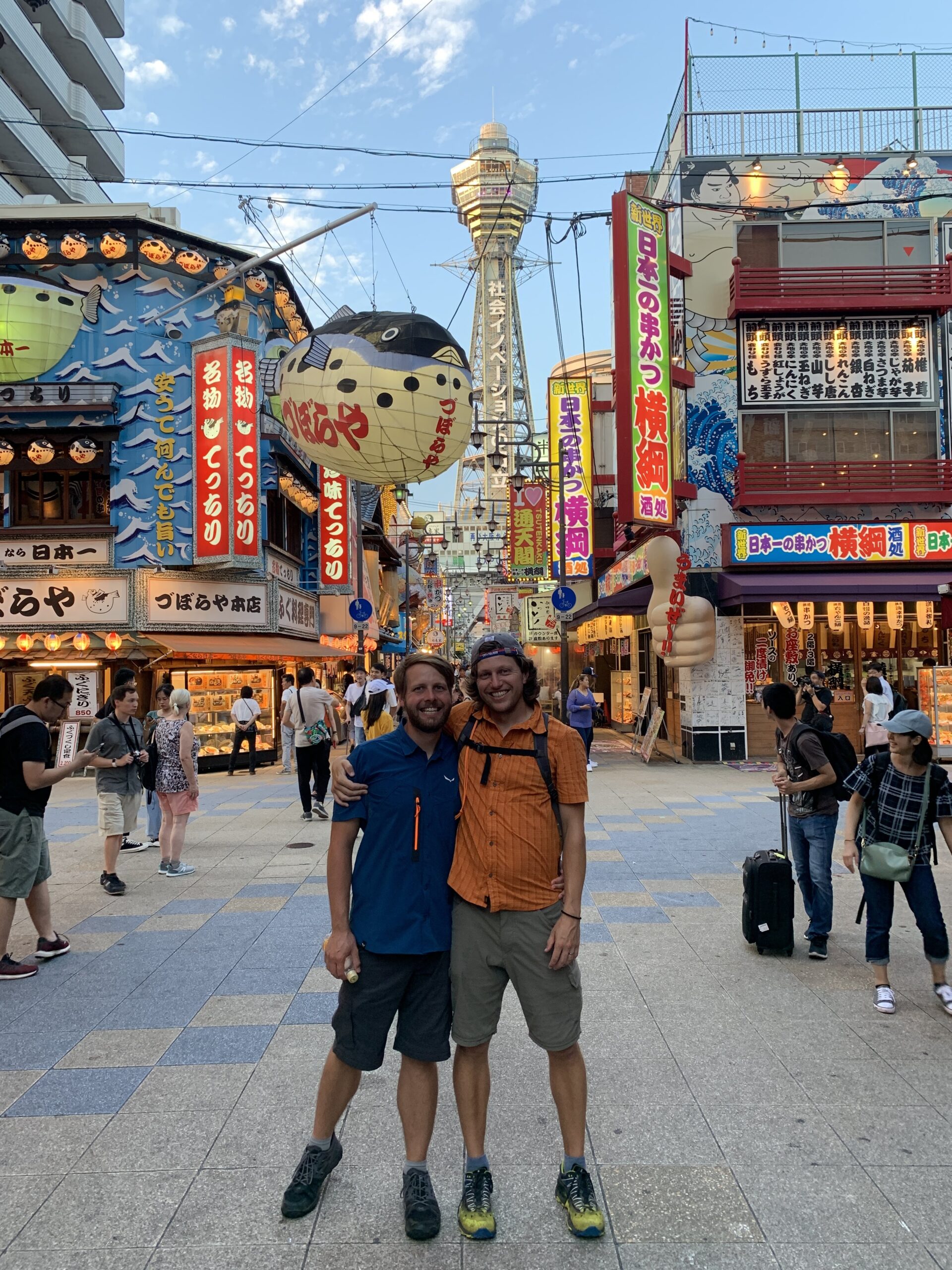
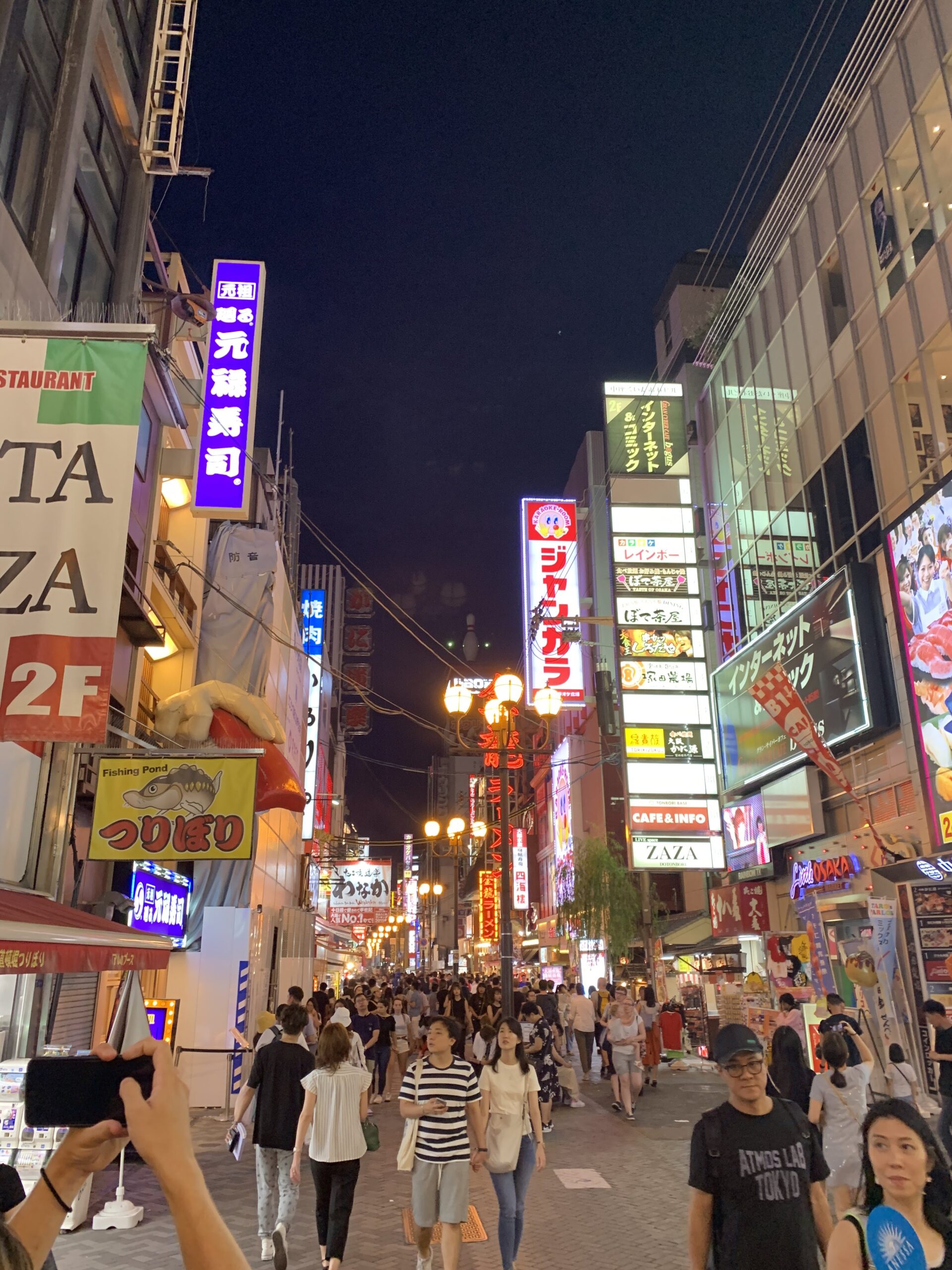
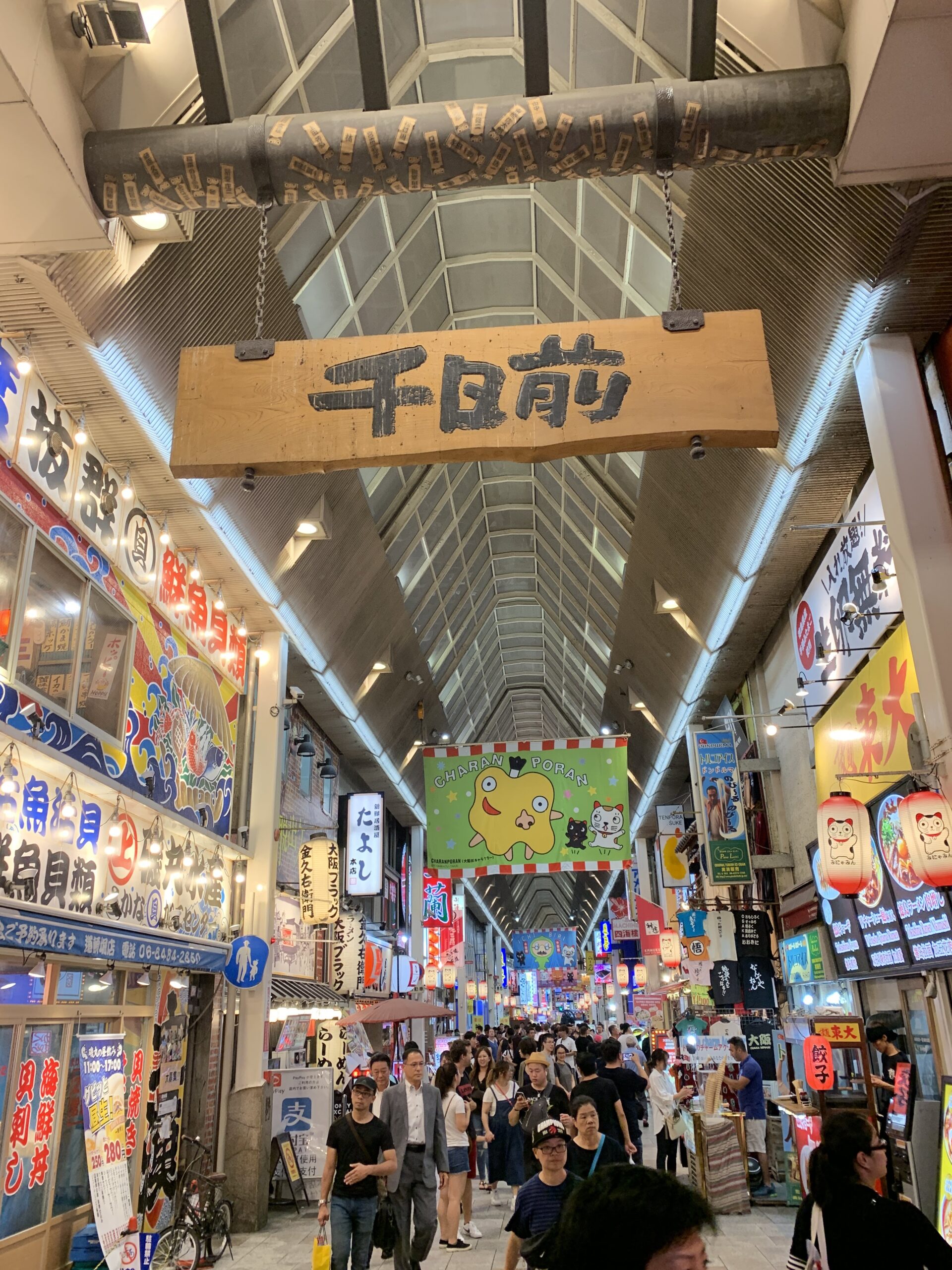
After the tour, we met up with our hiking buddy from last blog post – the American professor living in Japan teaching English that we met on the Kumano Kodo. He had lived in Osaka for a couple years and took us back out in Dotonbori for round two. The Japanese never cut loose in public, but the streets and the bars were packed despite it being Tuesday. On his recommendation, we went to a local restaurant who’s sole worthwhile menu option was various kinds of meats on a stick – an Osaka specialty called Kushikatsu. The Japanese are creative with their meat choices, and we had everything from octopus to panko chicken to pork cartilage while we swapped stories and drank cheap beer.
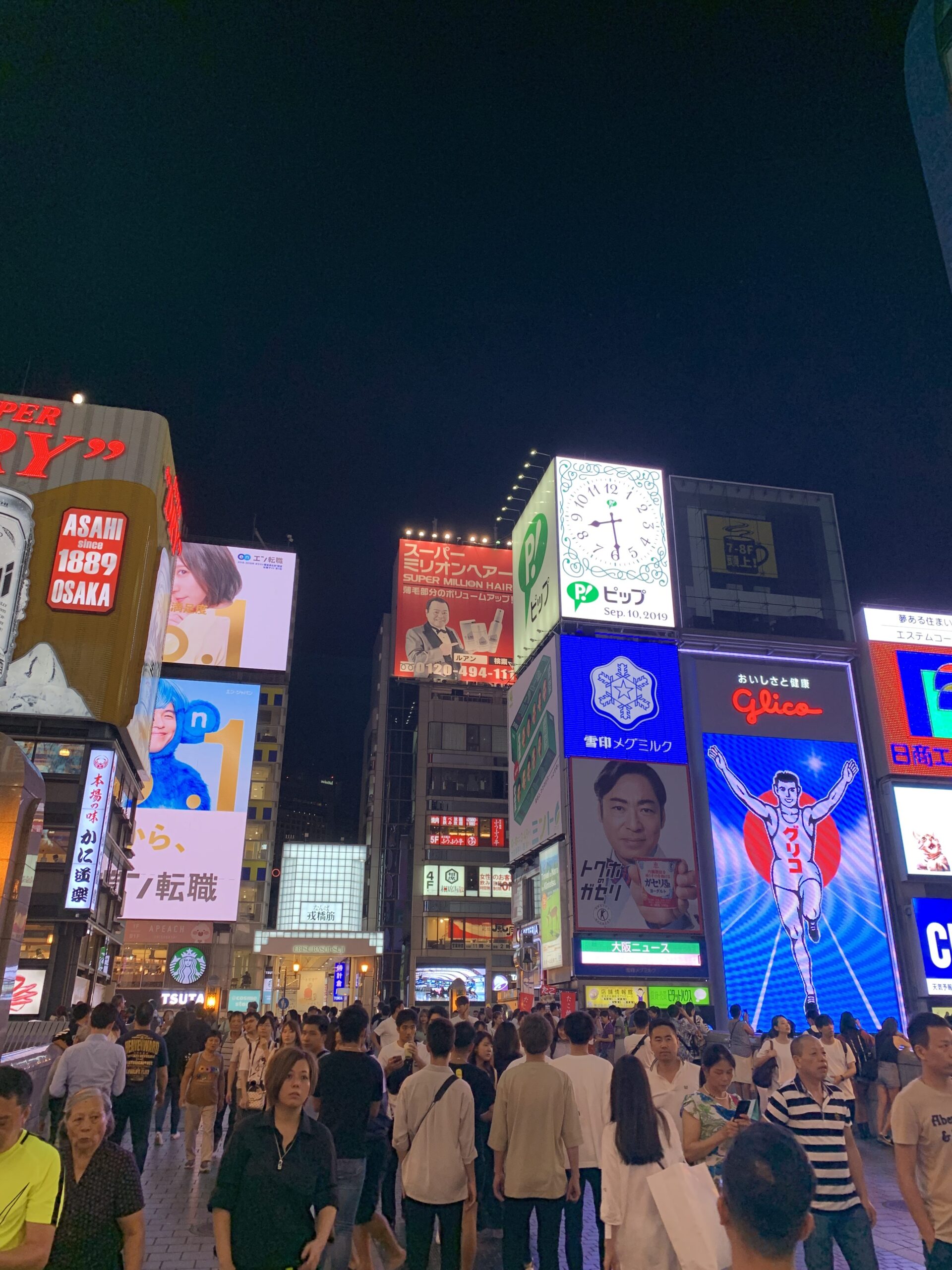
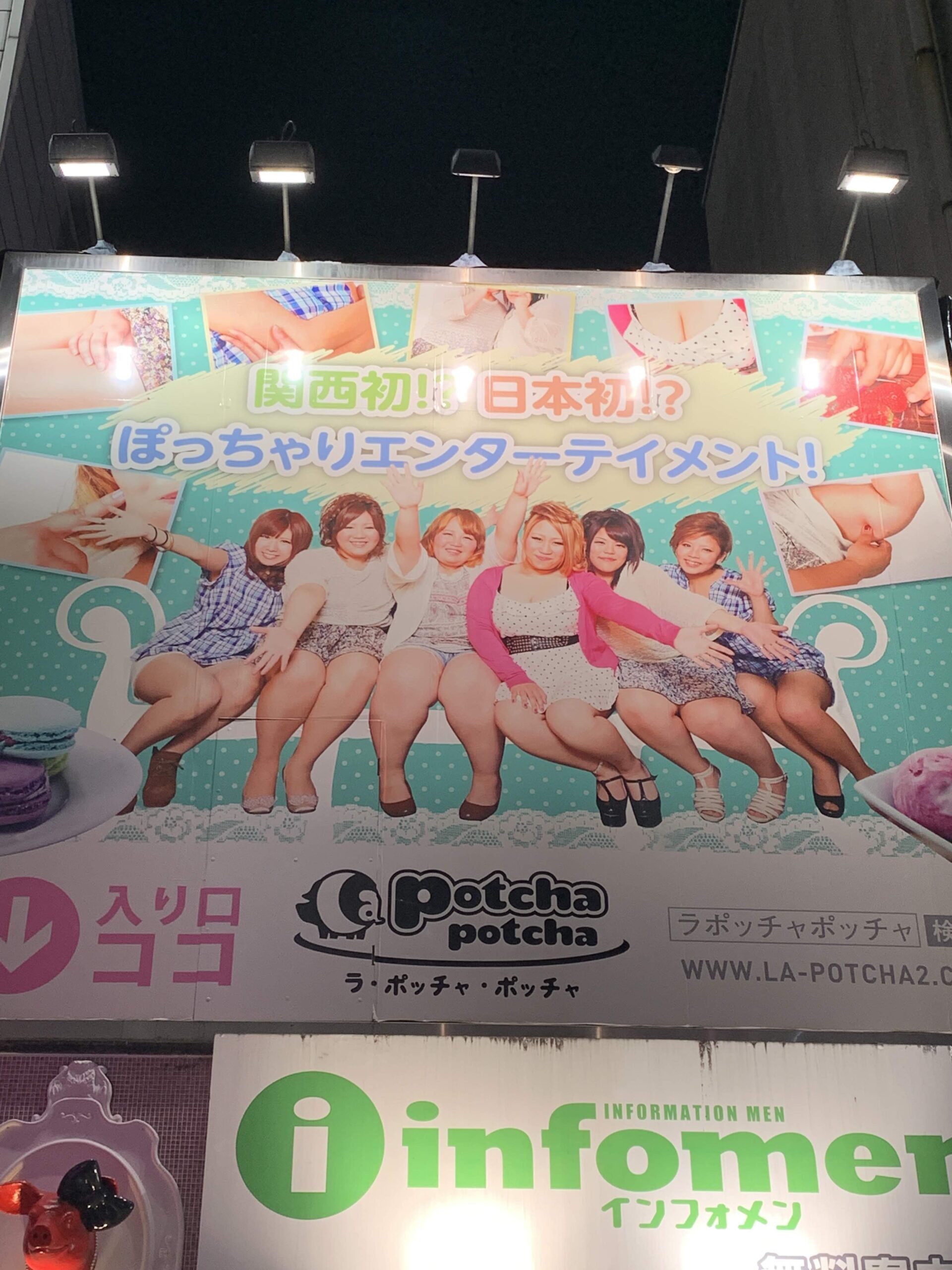
After a couple hours our friend called it quits, while Jon and I stayed out a bit longer to explore the nightlife. Aside from the typical bars and clubs, we learned what the area is actually known for; hostess bars. Hostess bars are a peculiar, Japanese original type of seedy bar where (typically) male customers pay to engage with a hostess for a few drinks or a set amount of time, while the hostess flirts with them, serves drinks, sings karaoke, and generally pays attention to them. Everyone was quite insistent that sex, and even touching, is strictly forbidden in all but the most salacious establishments, and even in the red-light district “touching above the waist” was the most x-rated service possible. So, where you might pay for a stripper in the US, you pay for friendly and attentive company in Japan.
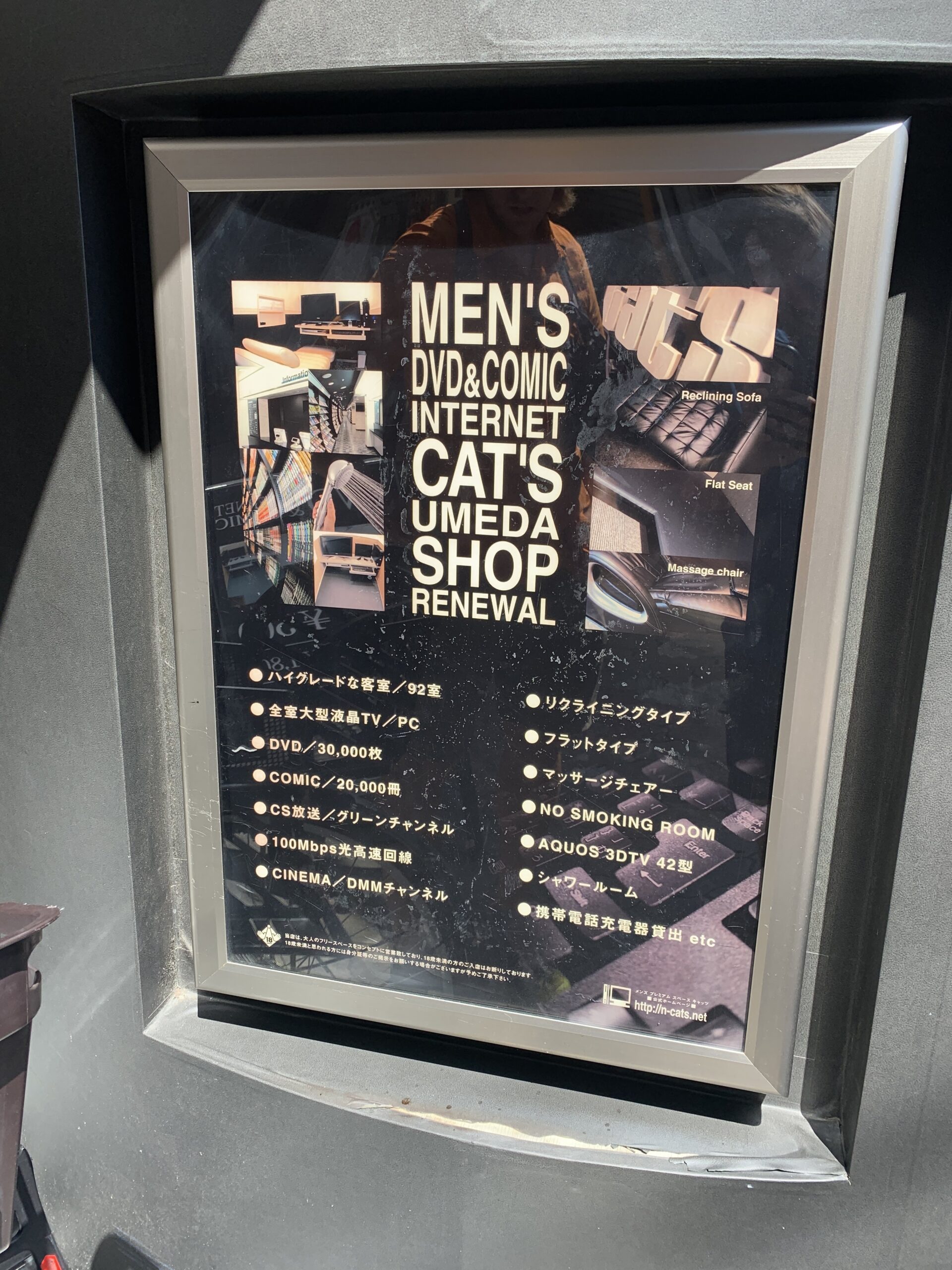
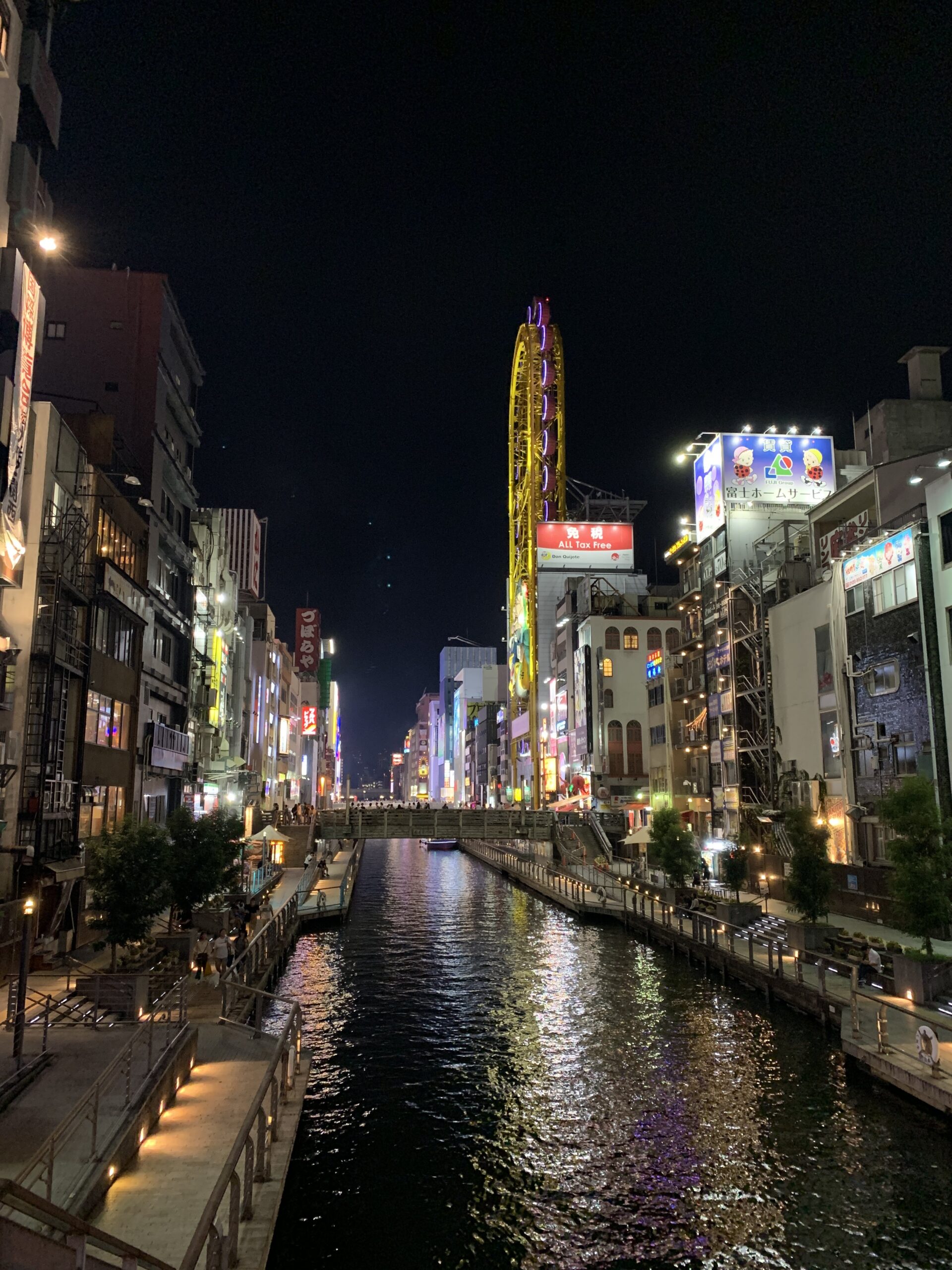
I felt better about my social failures at the beers festival once we figured out that Japanese people are such reserved conversationalists that they actually buy friendly conversation at the bar. It was definitely interesting to consider, but we didn’t actually end up visiting one – which we do regret, since there were a small number of male host clubs. Maybe next time! Anyway, after another couple drinks and a bit more wandering, we called it quits ourselves.
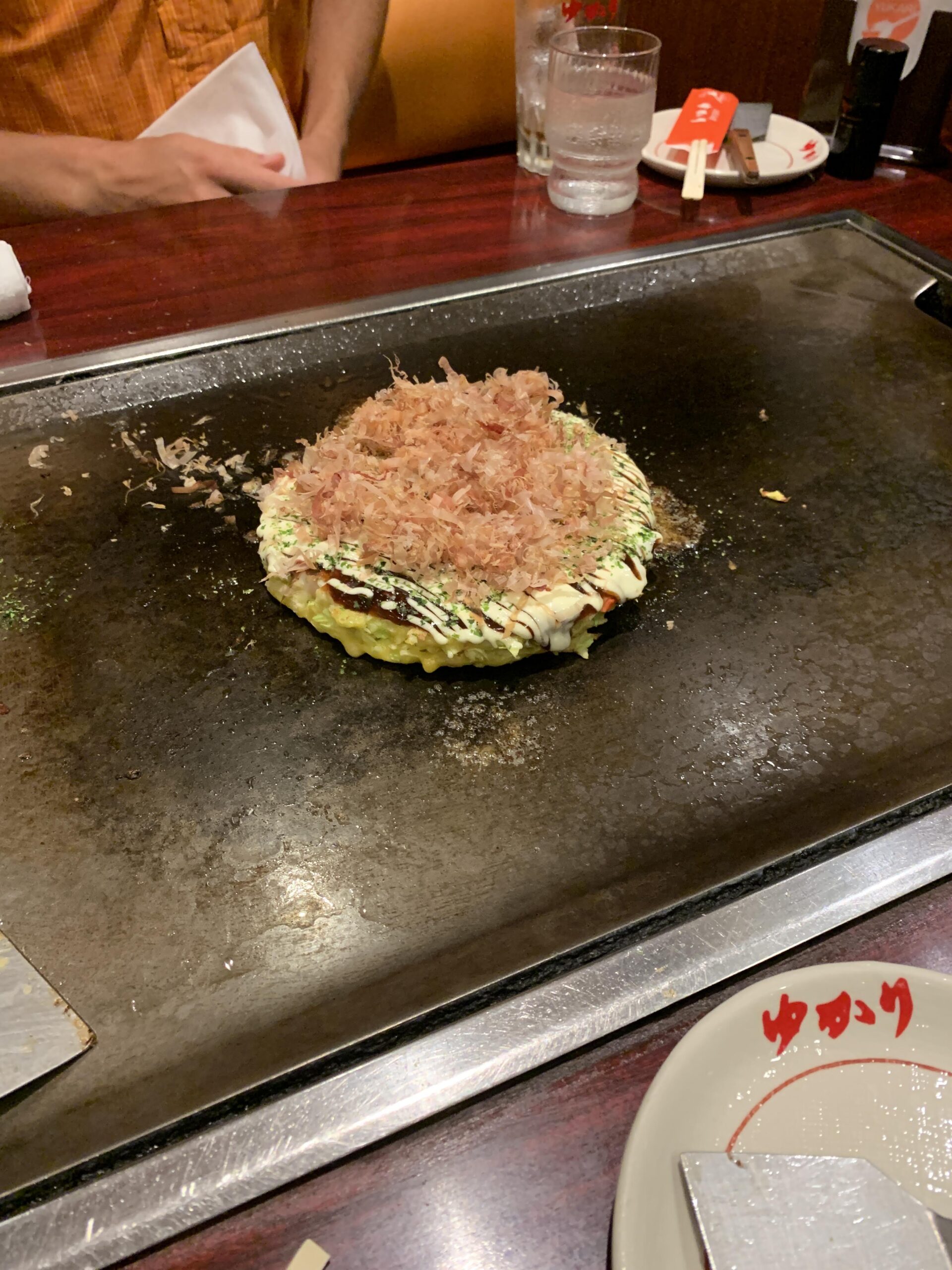
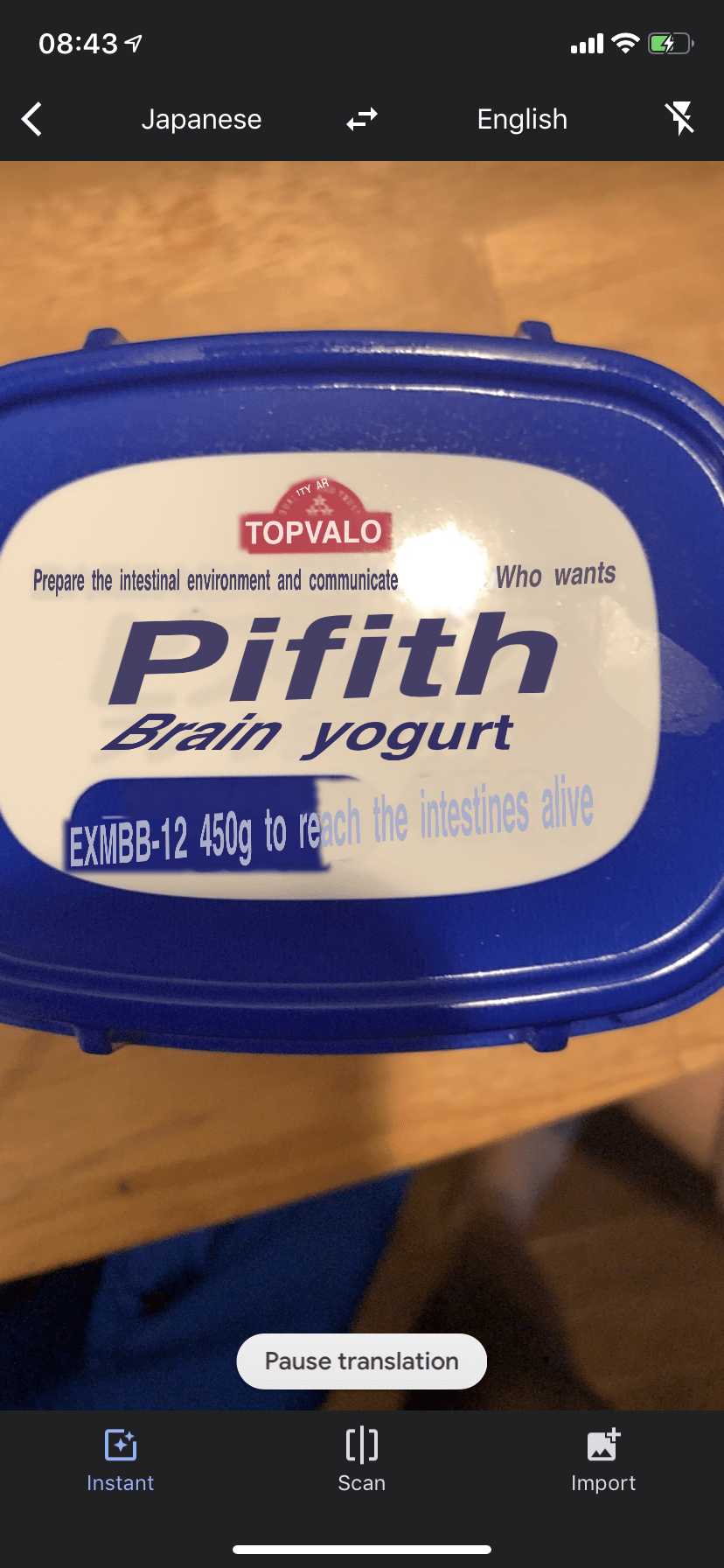
Gotta save that energy for the Shimanami Kaido!
